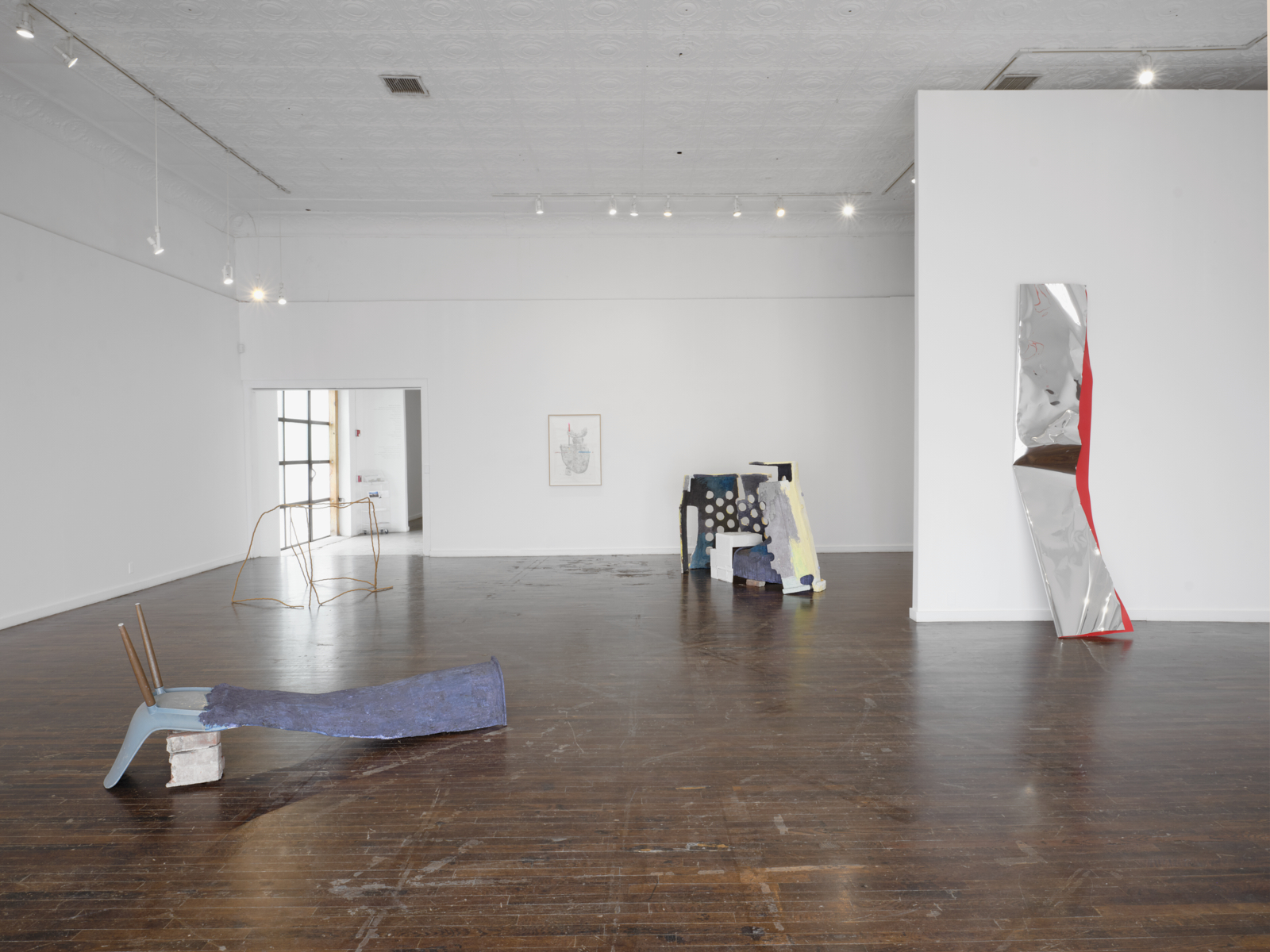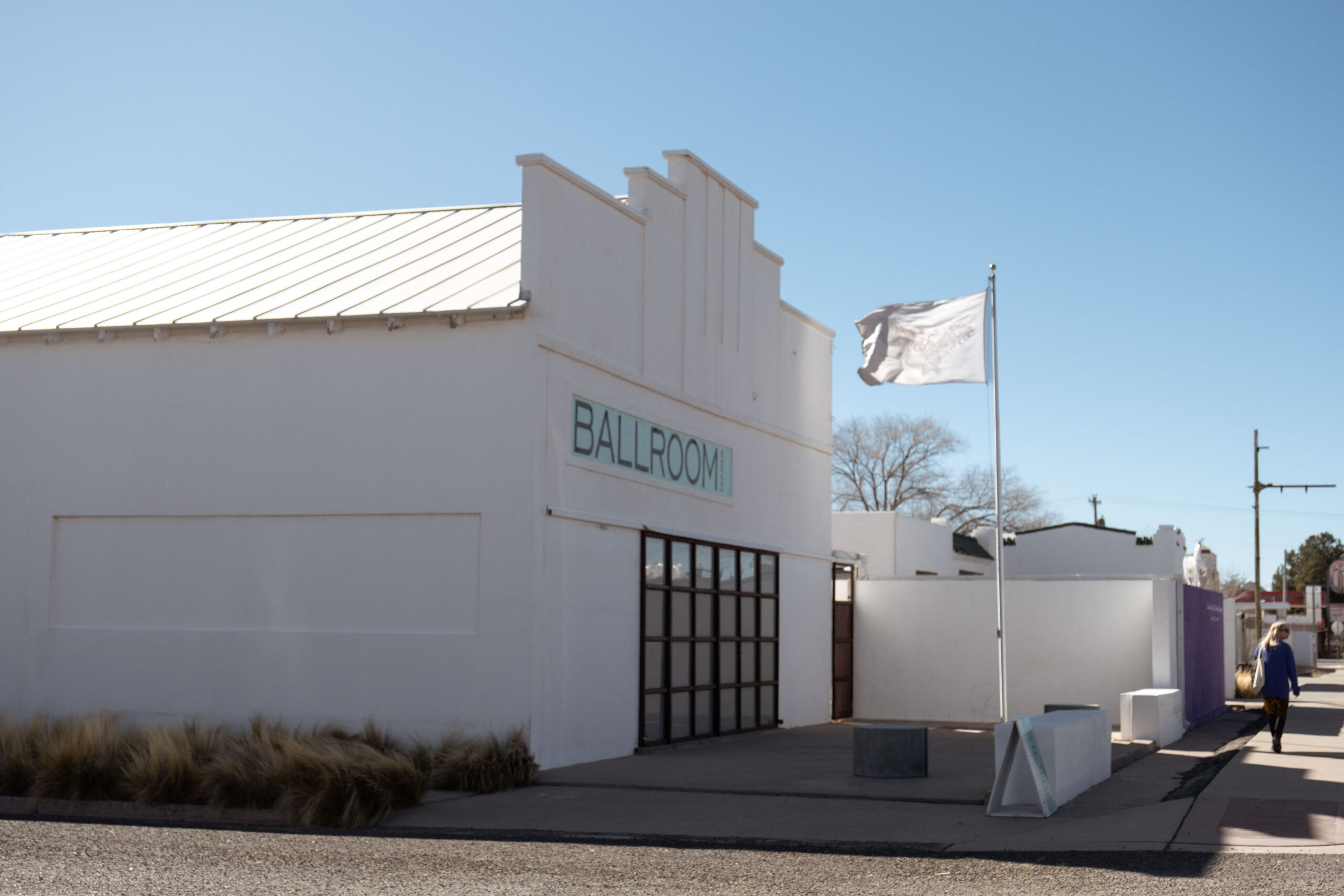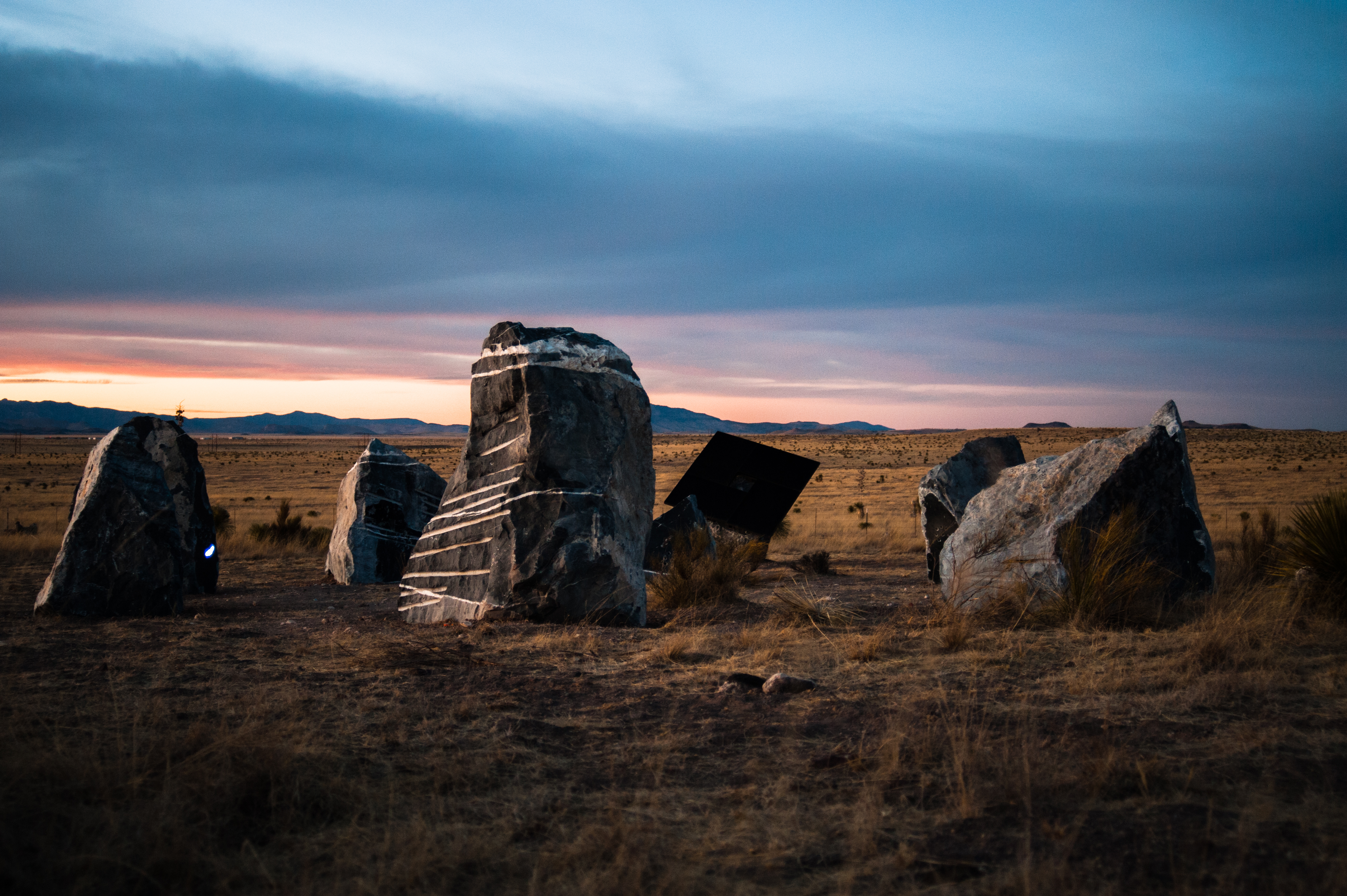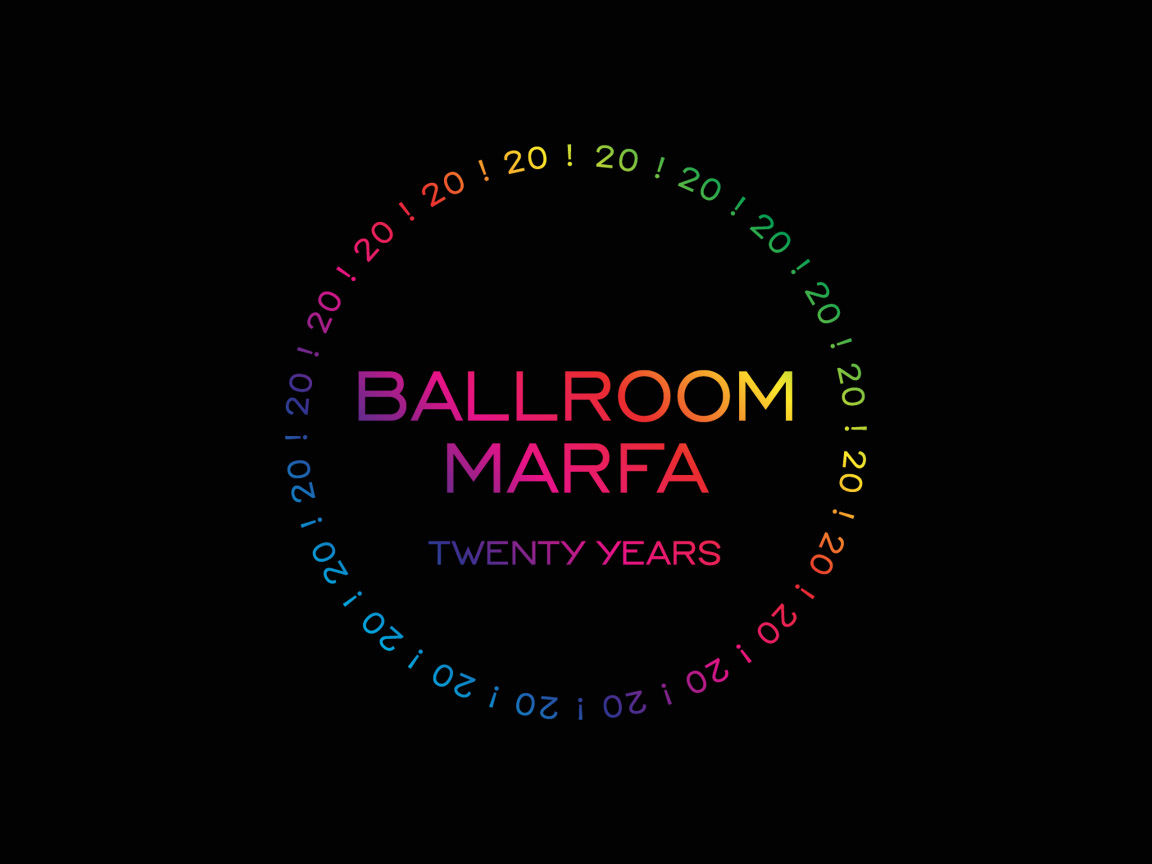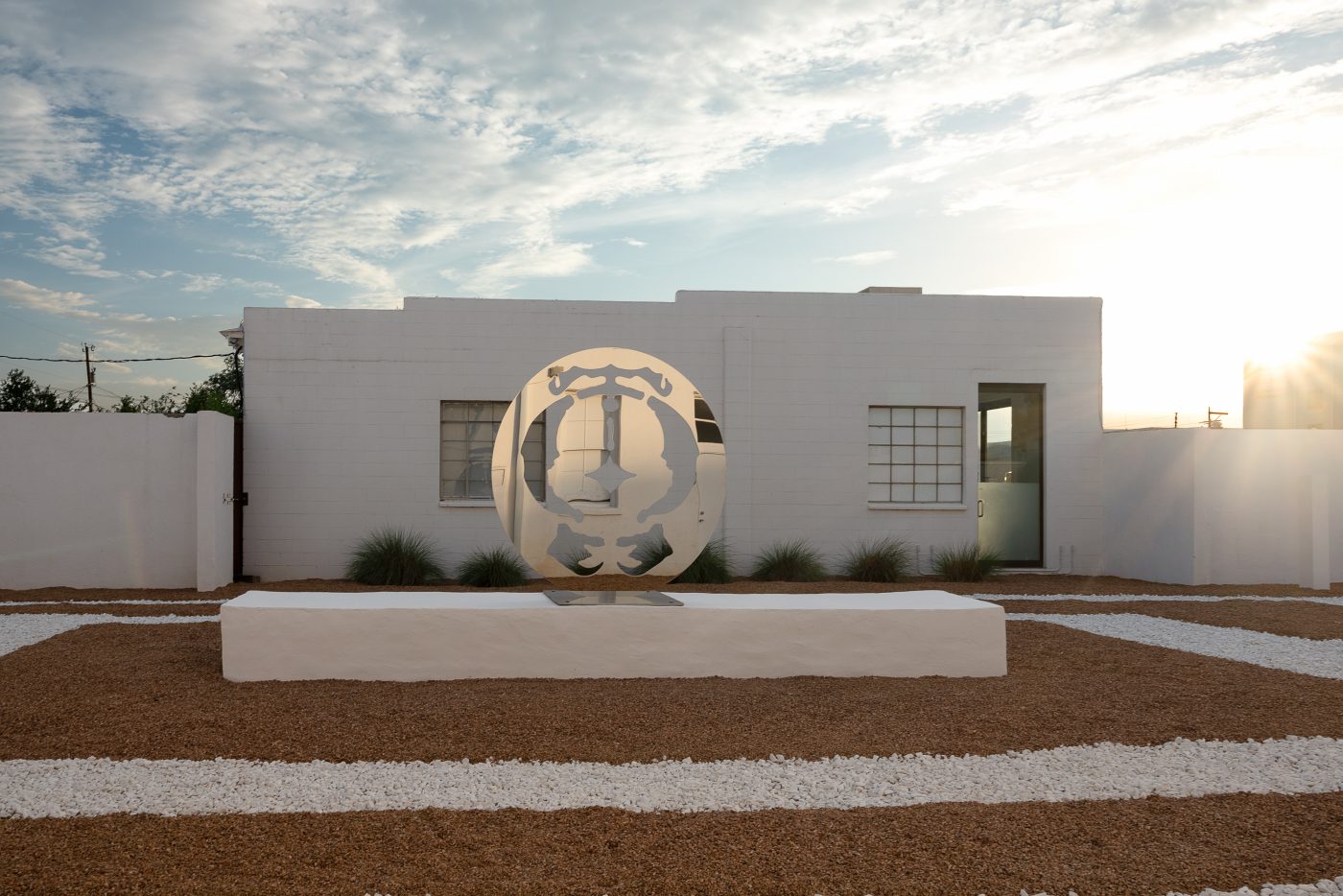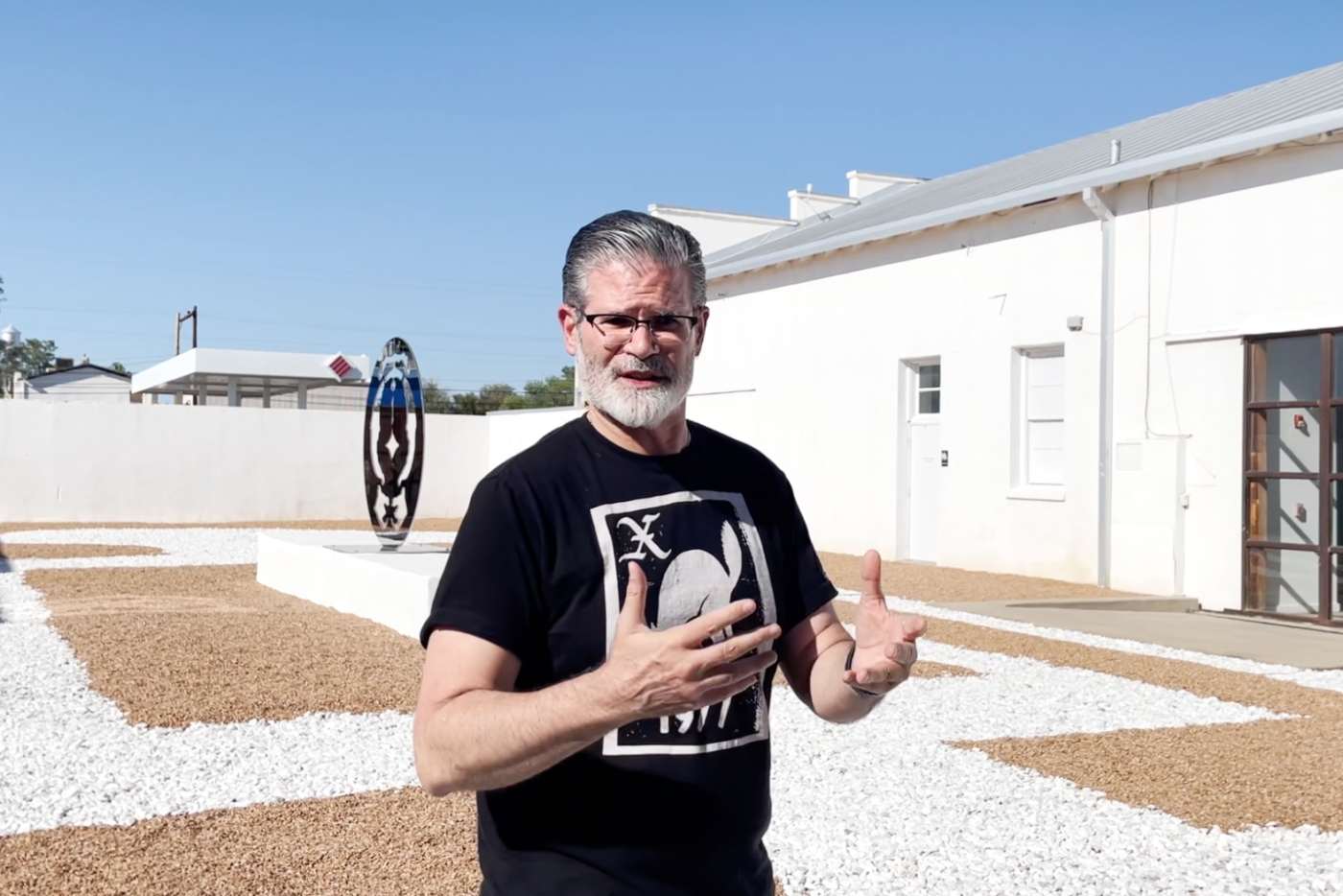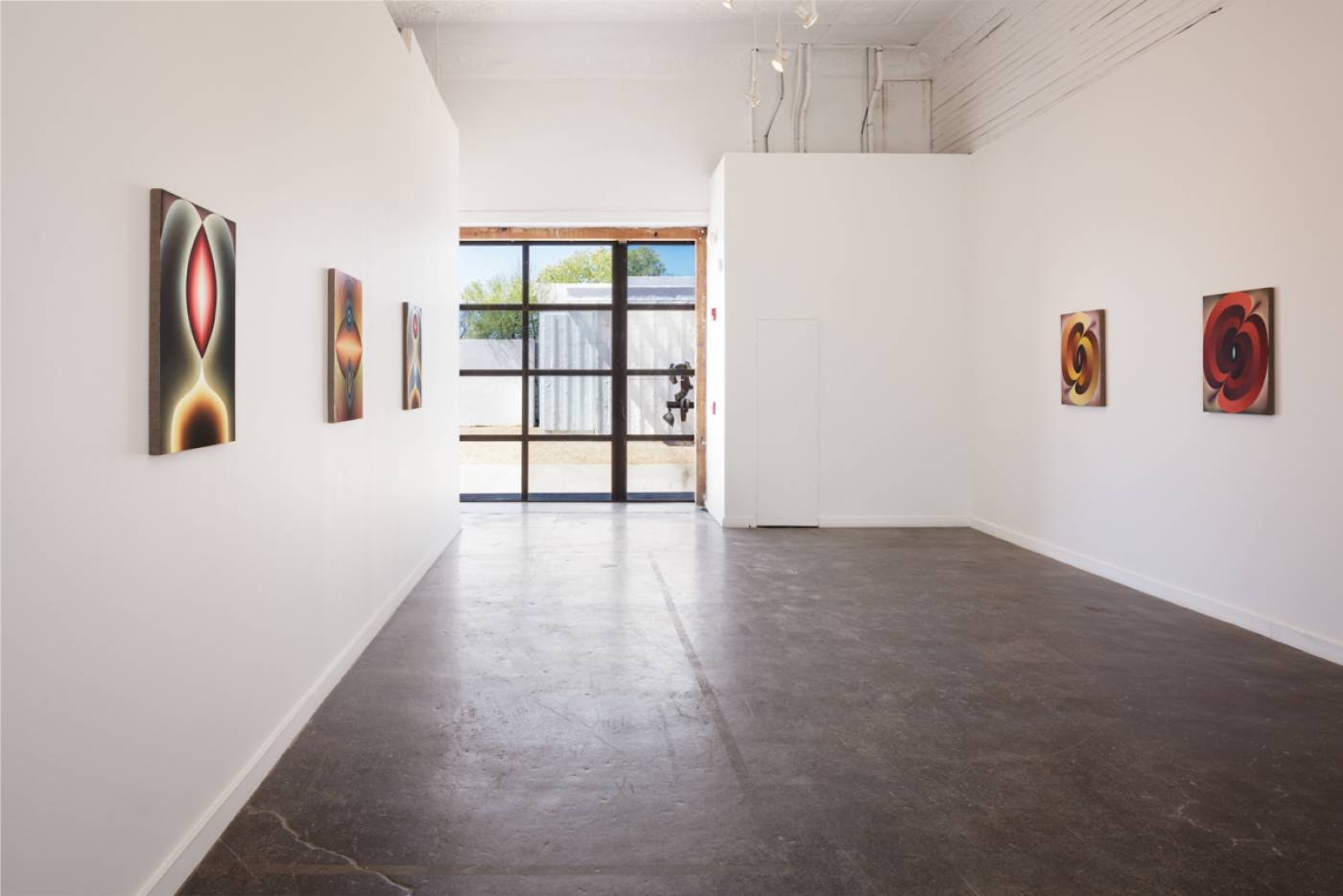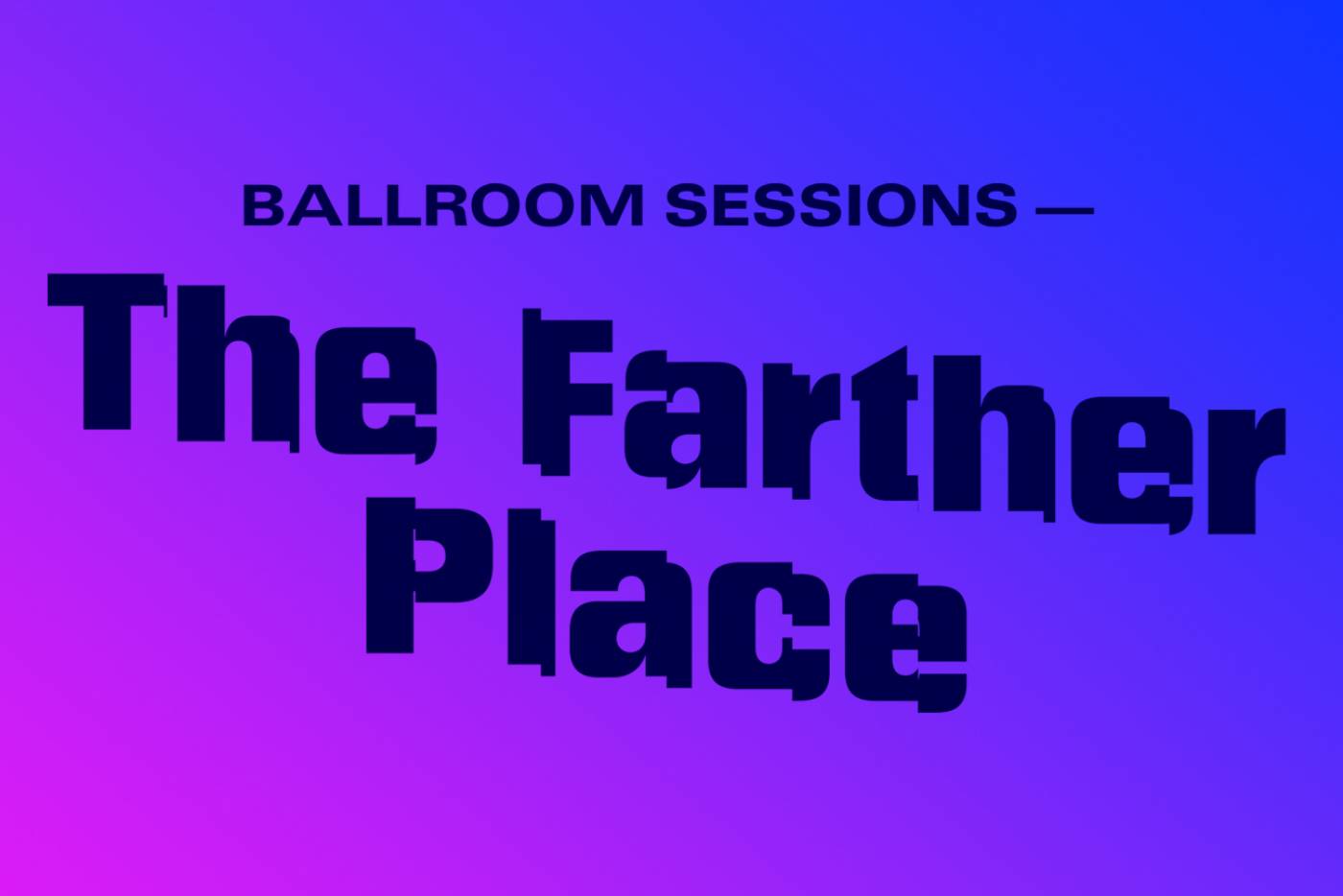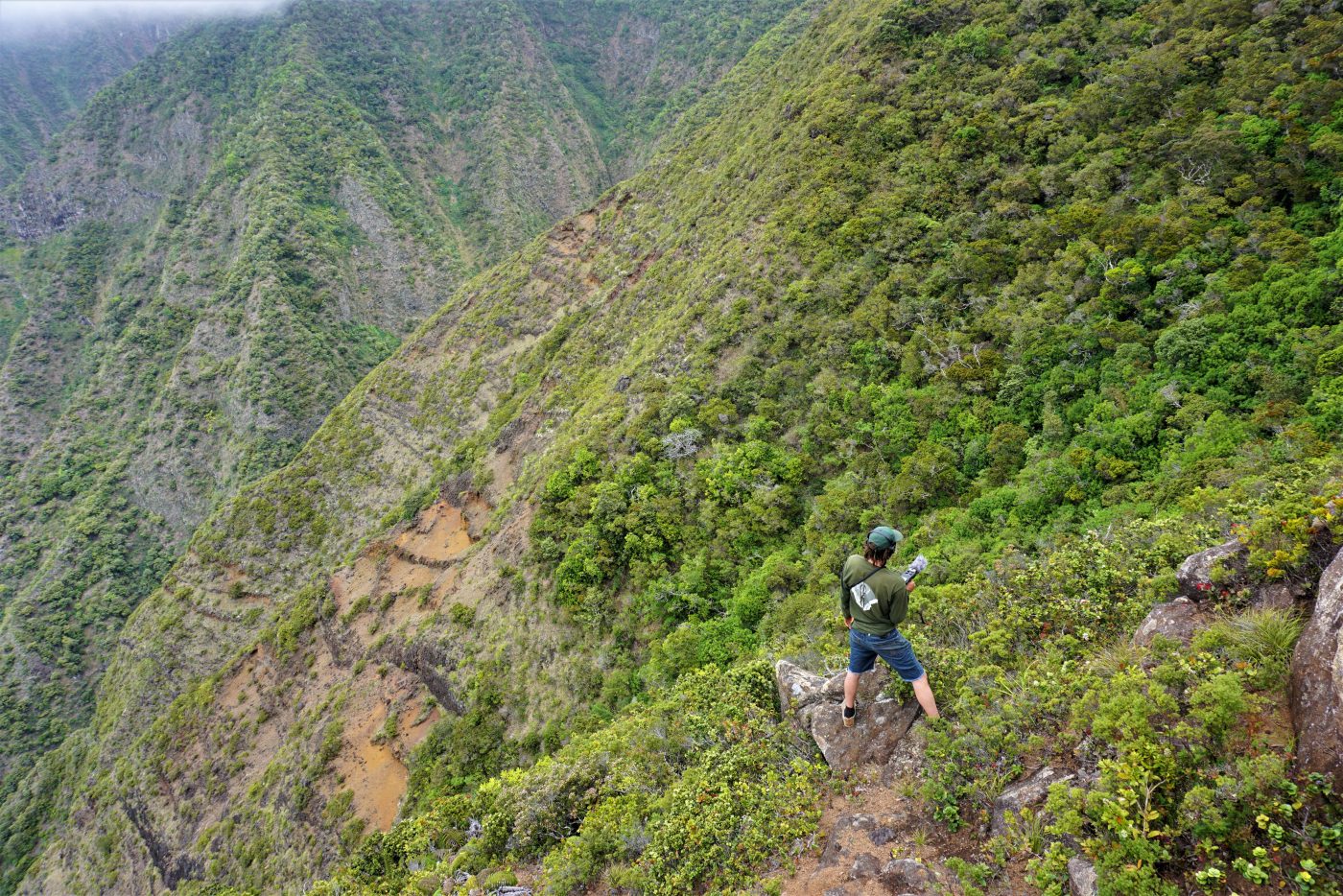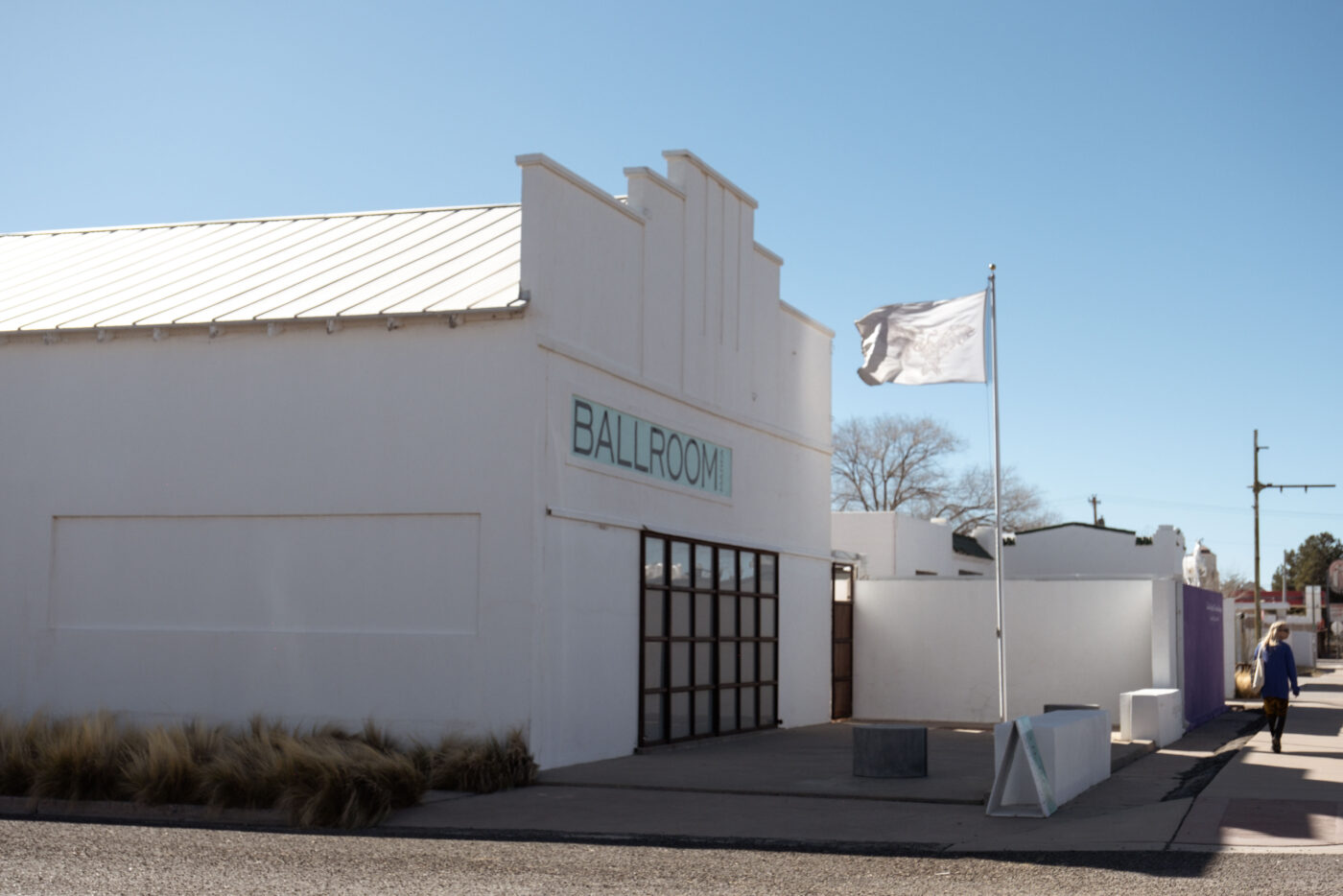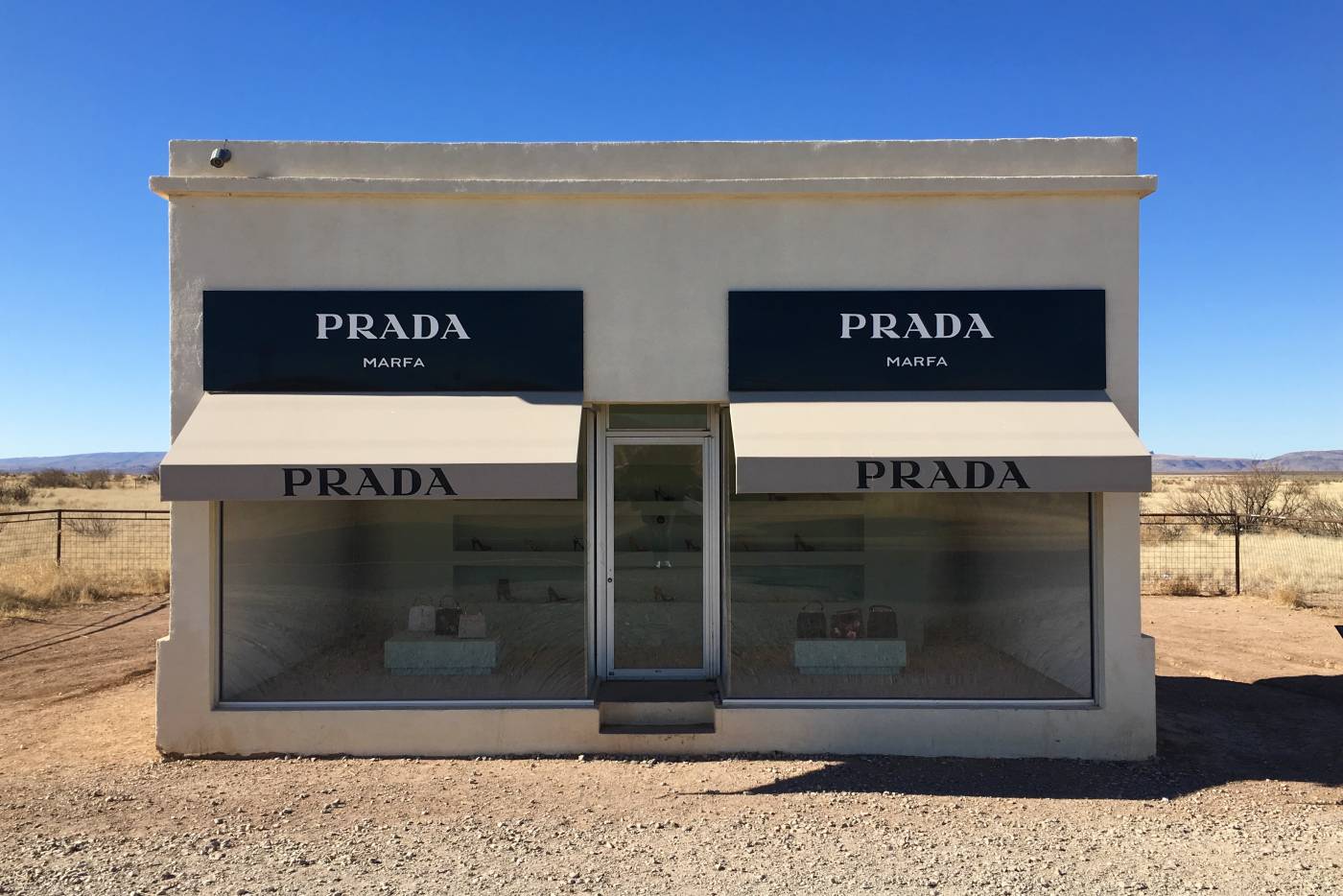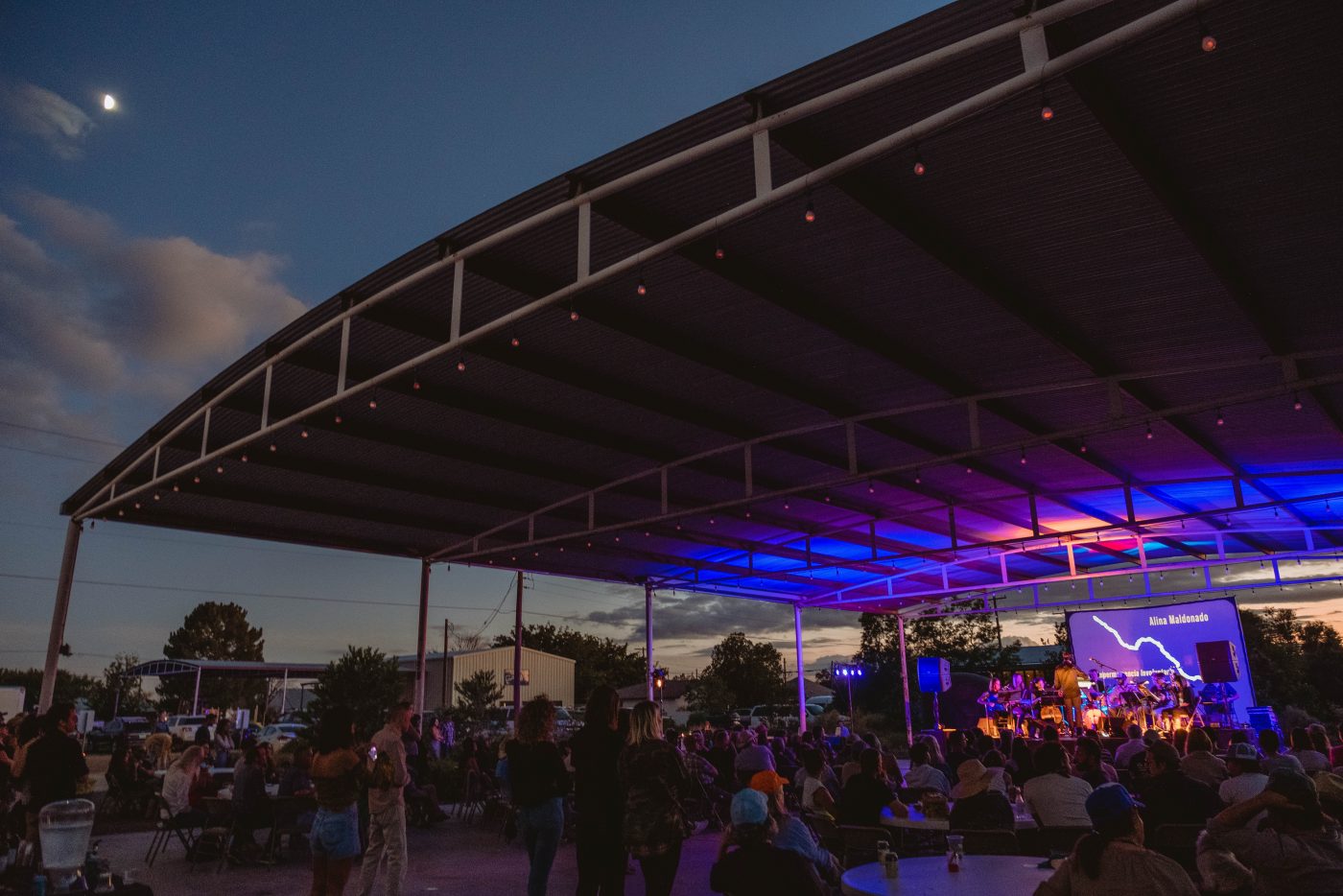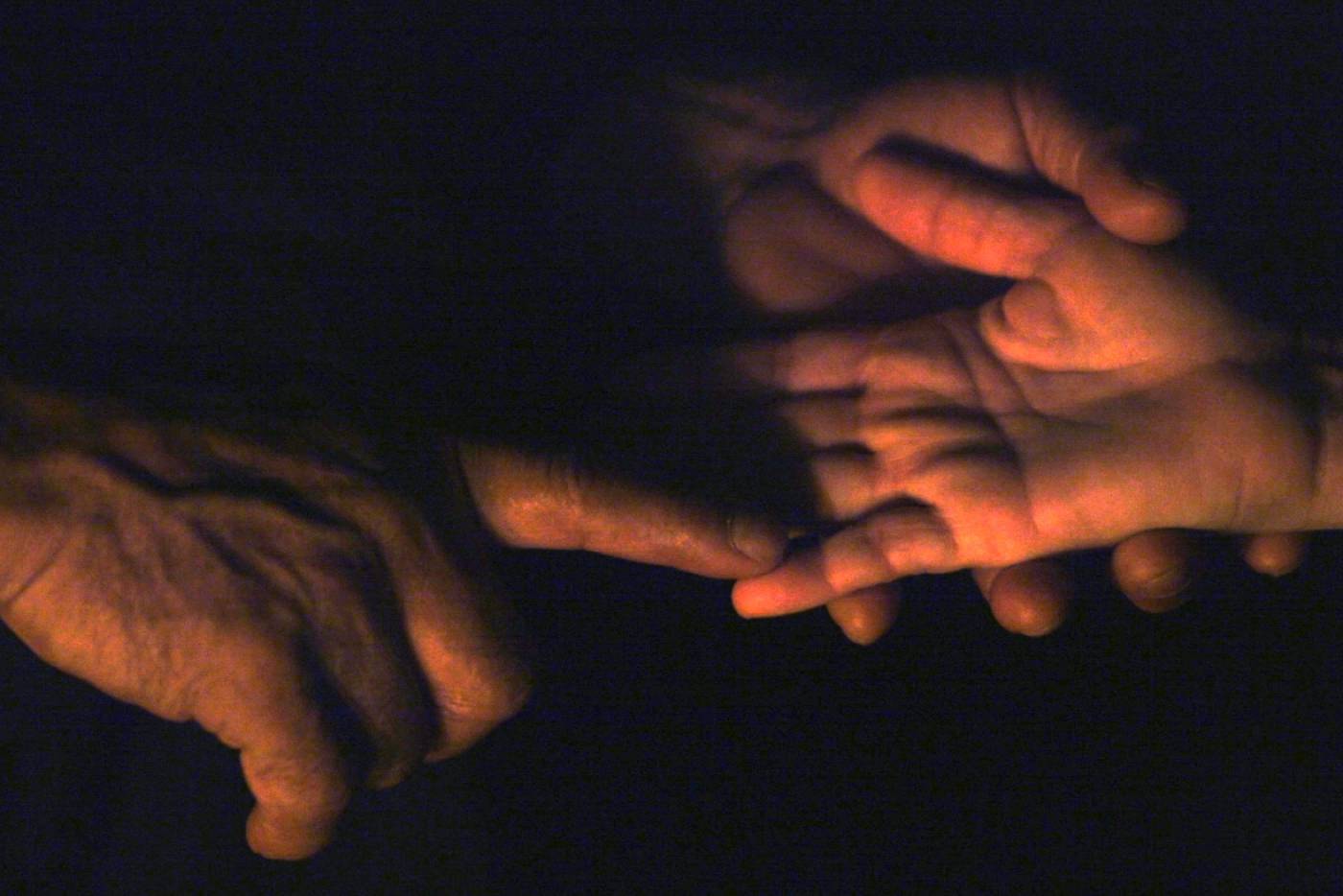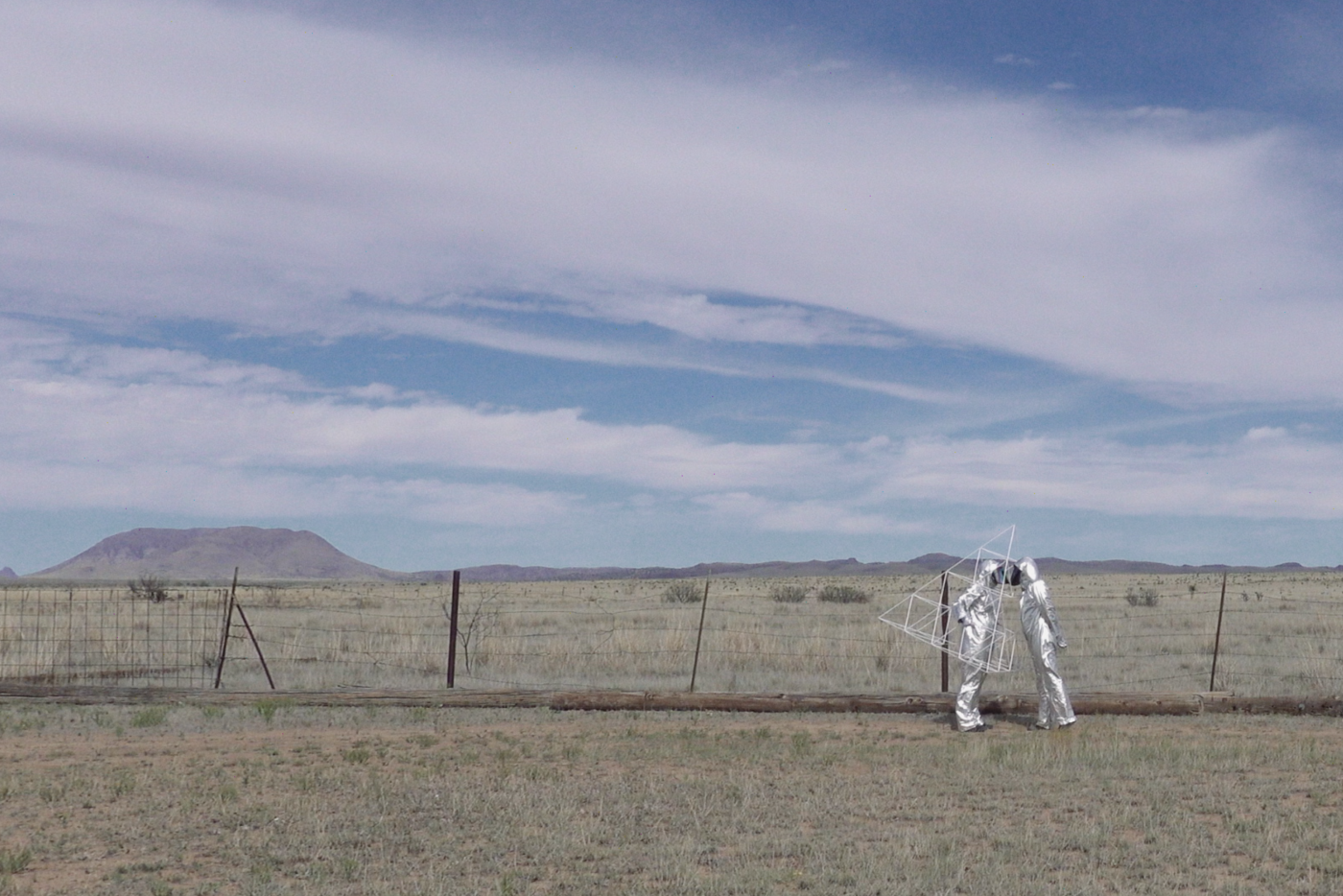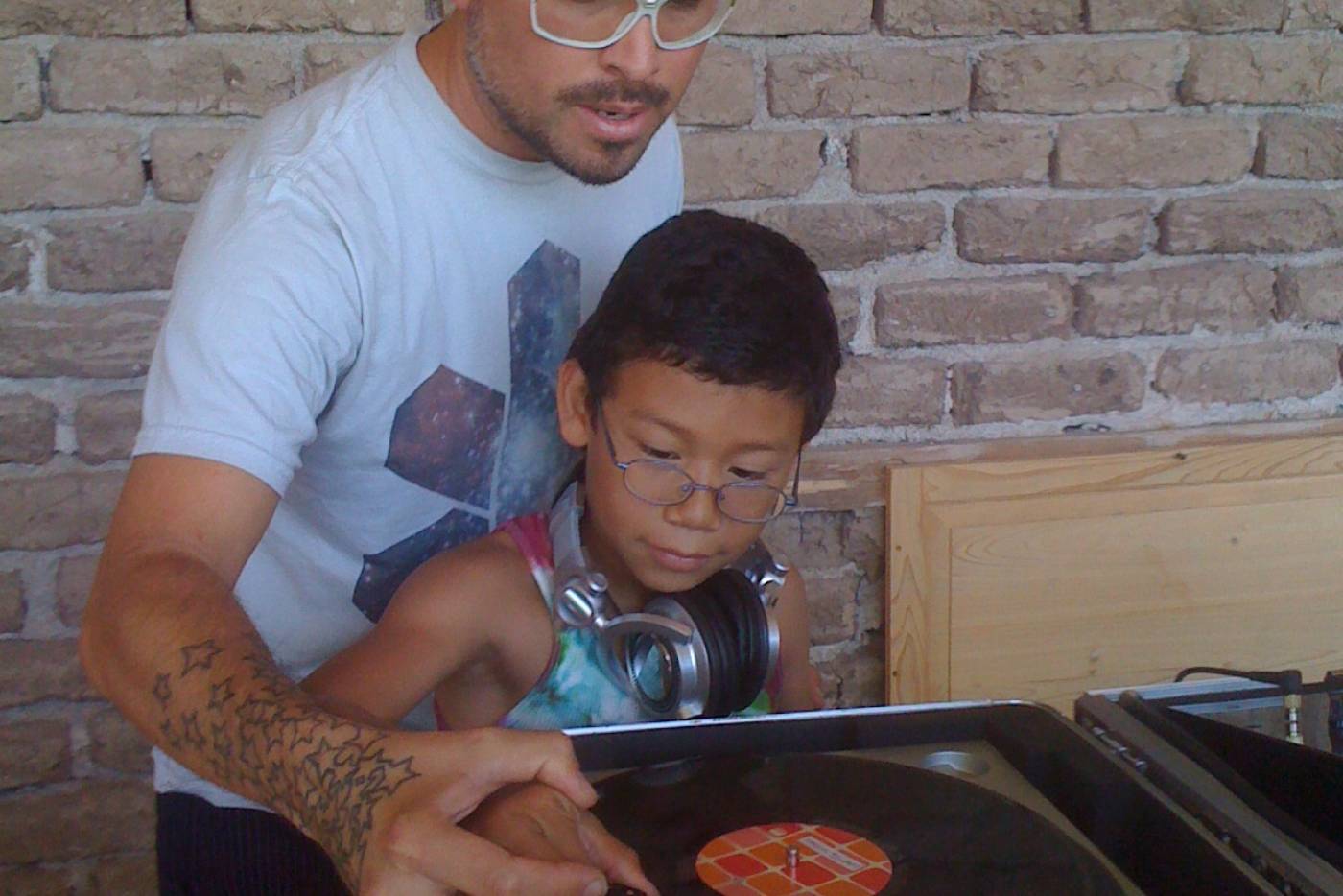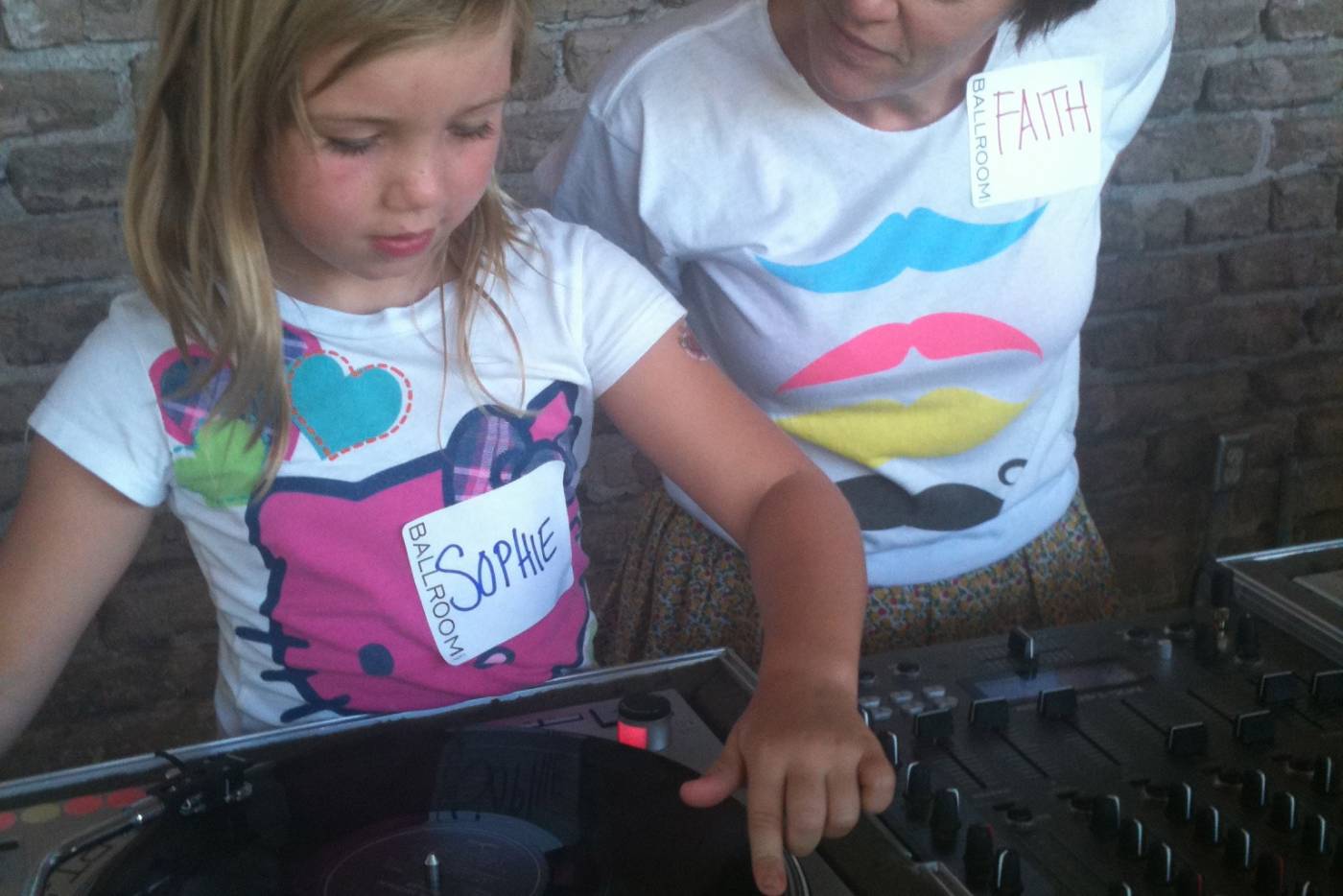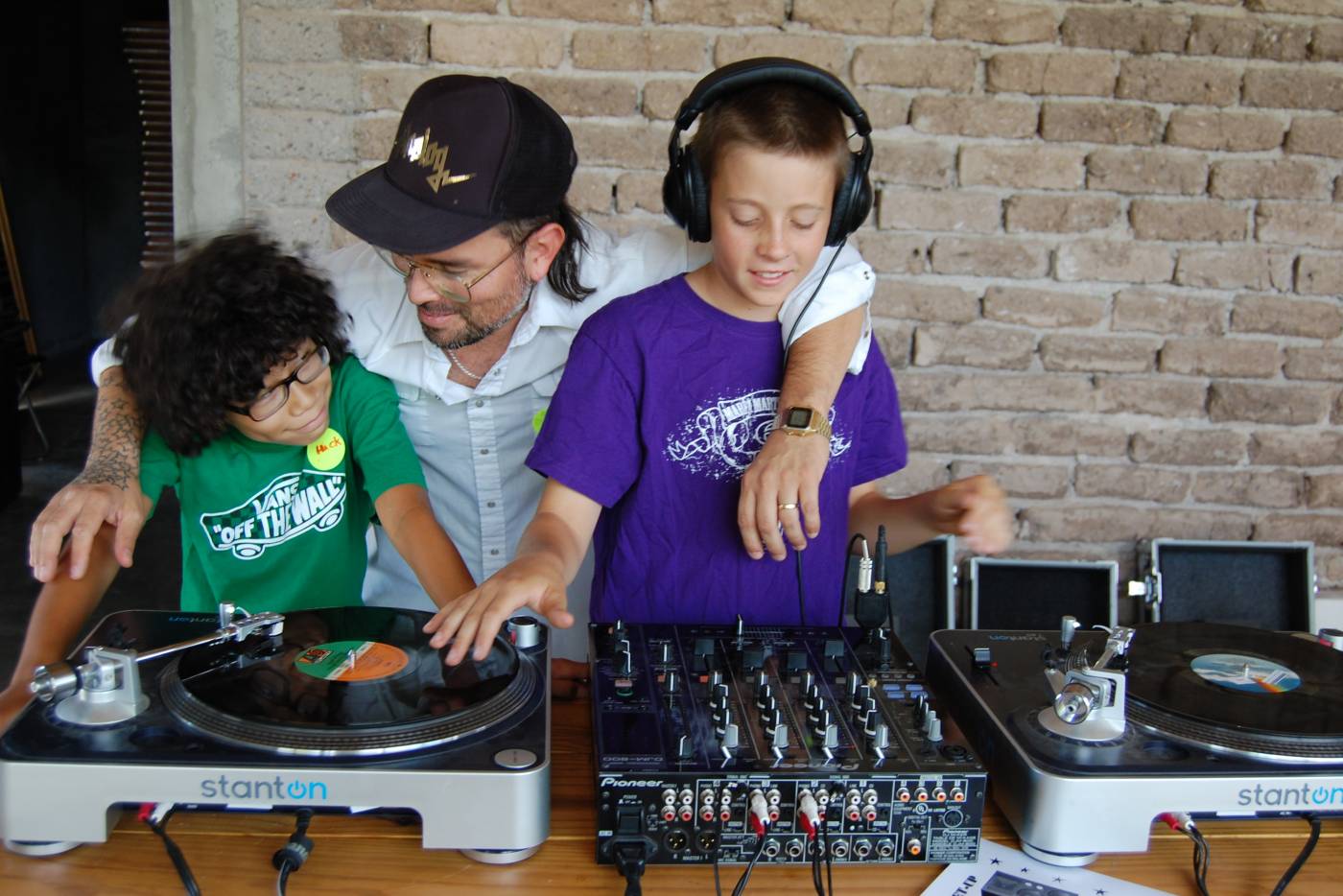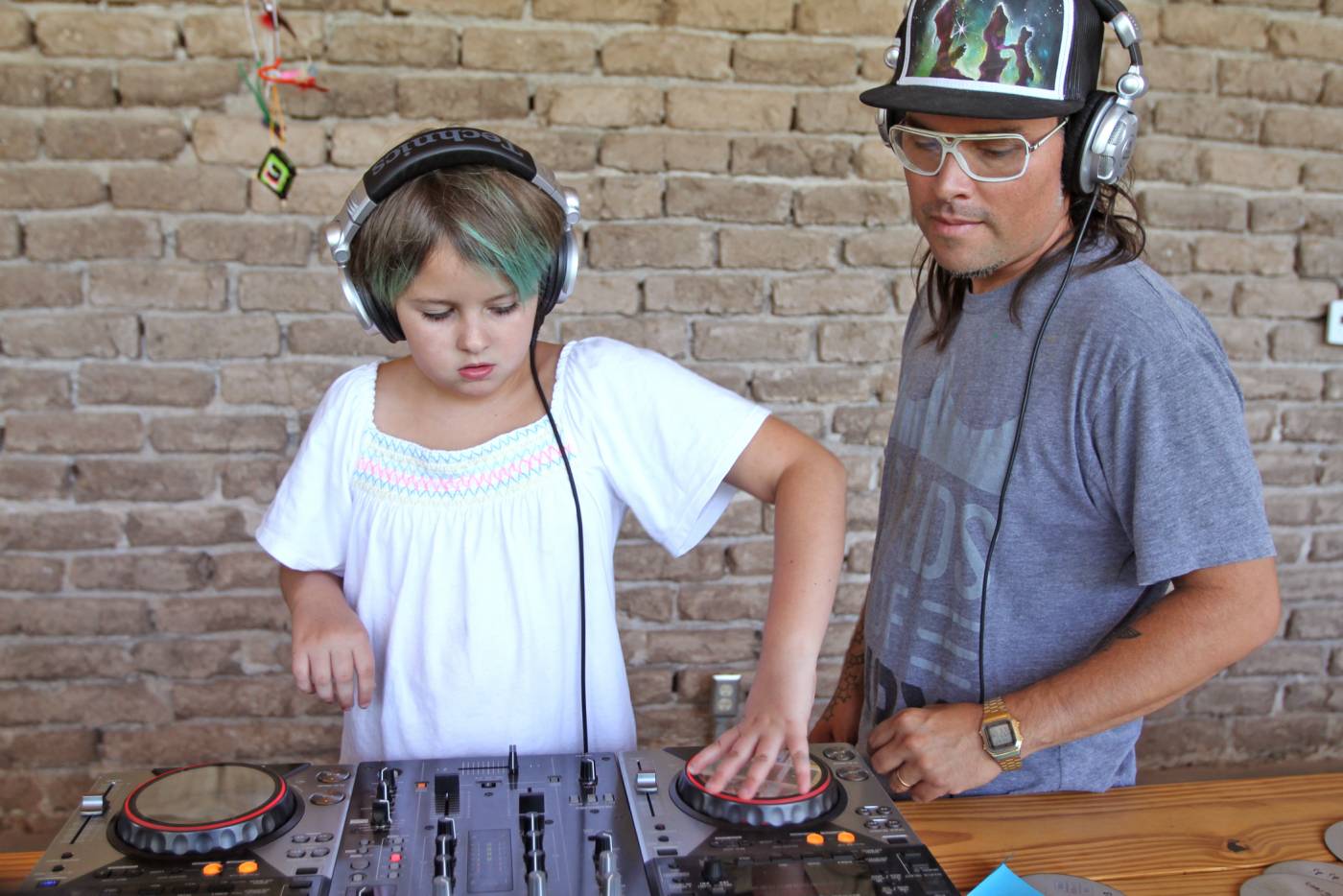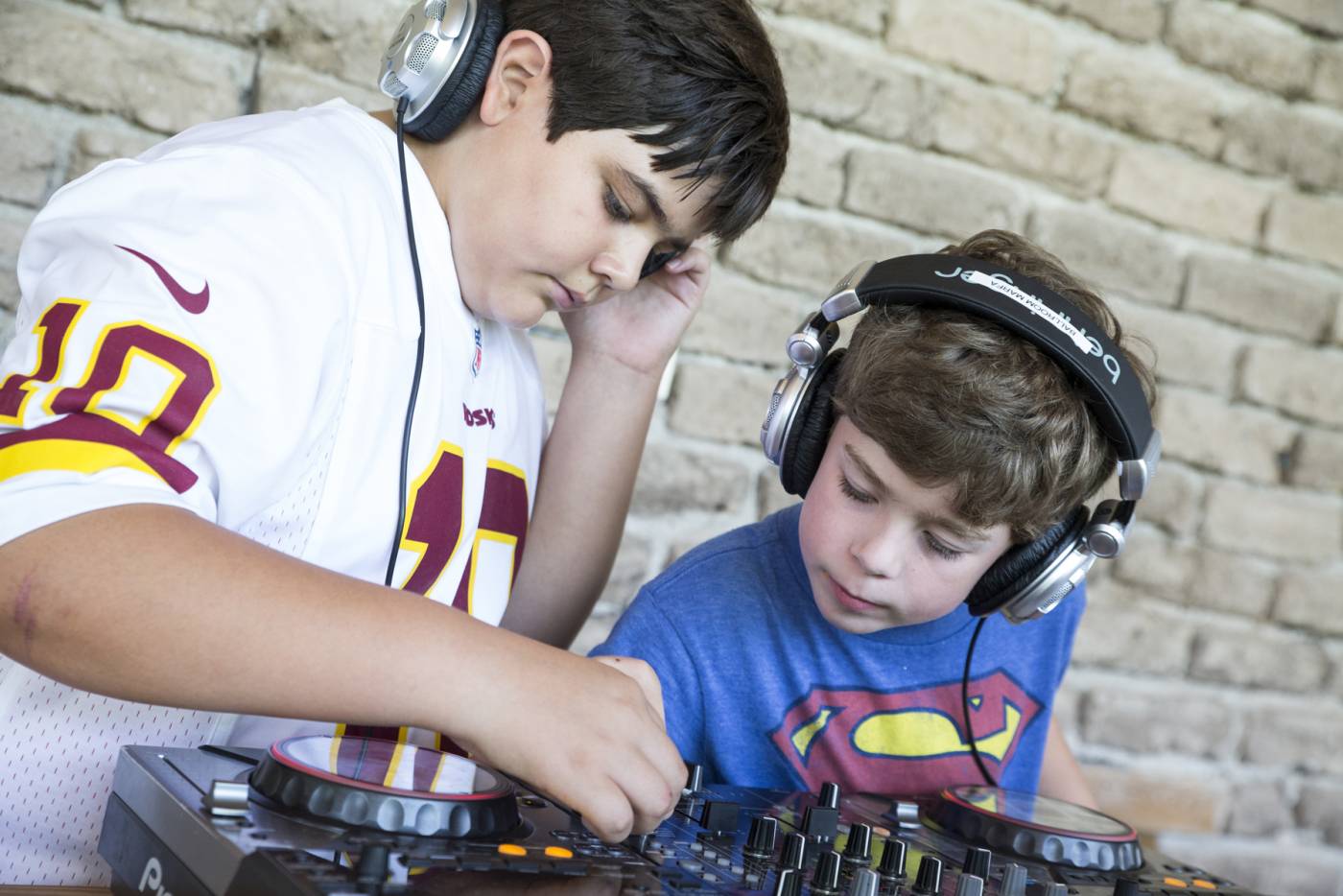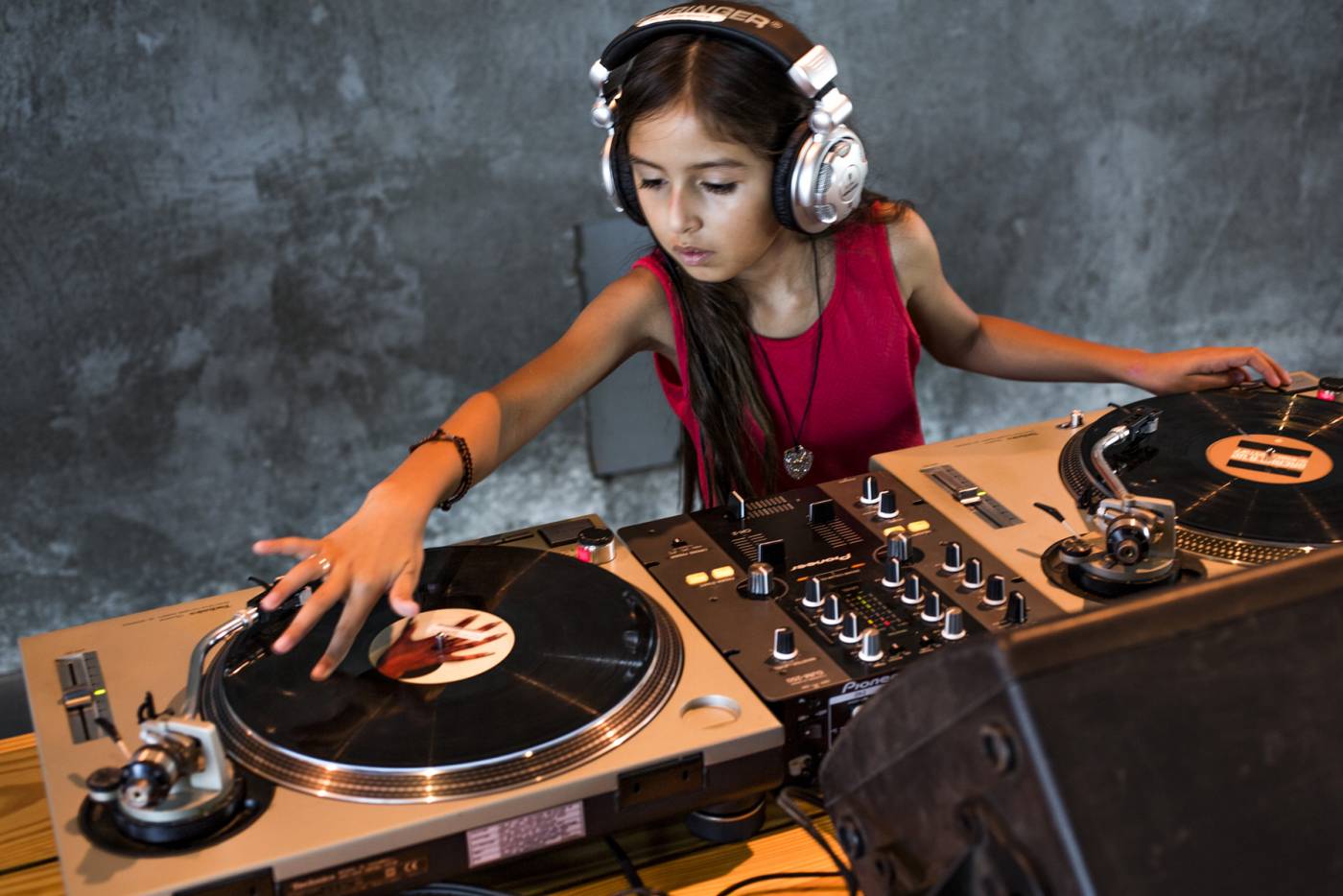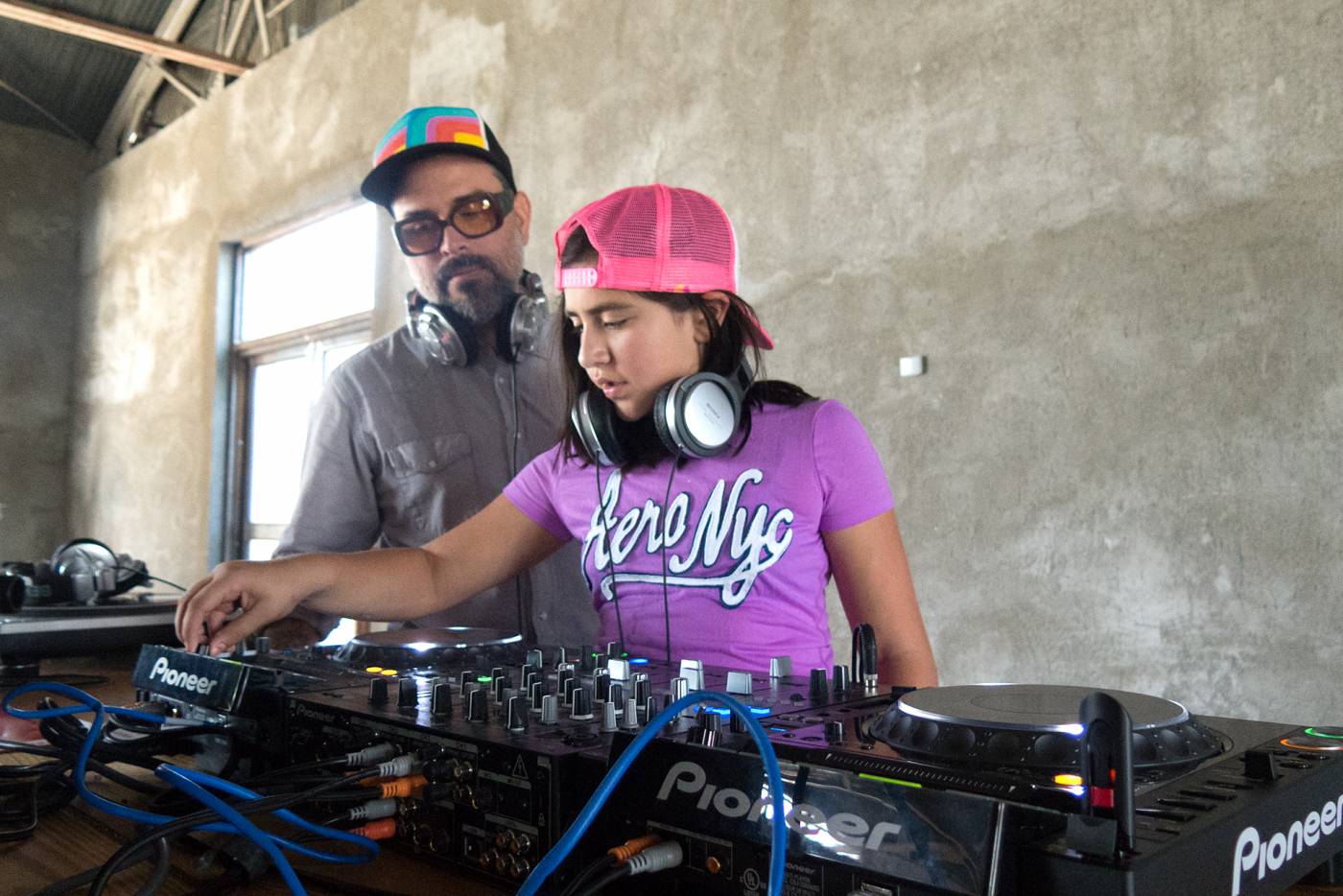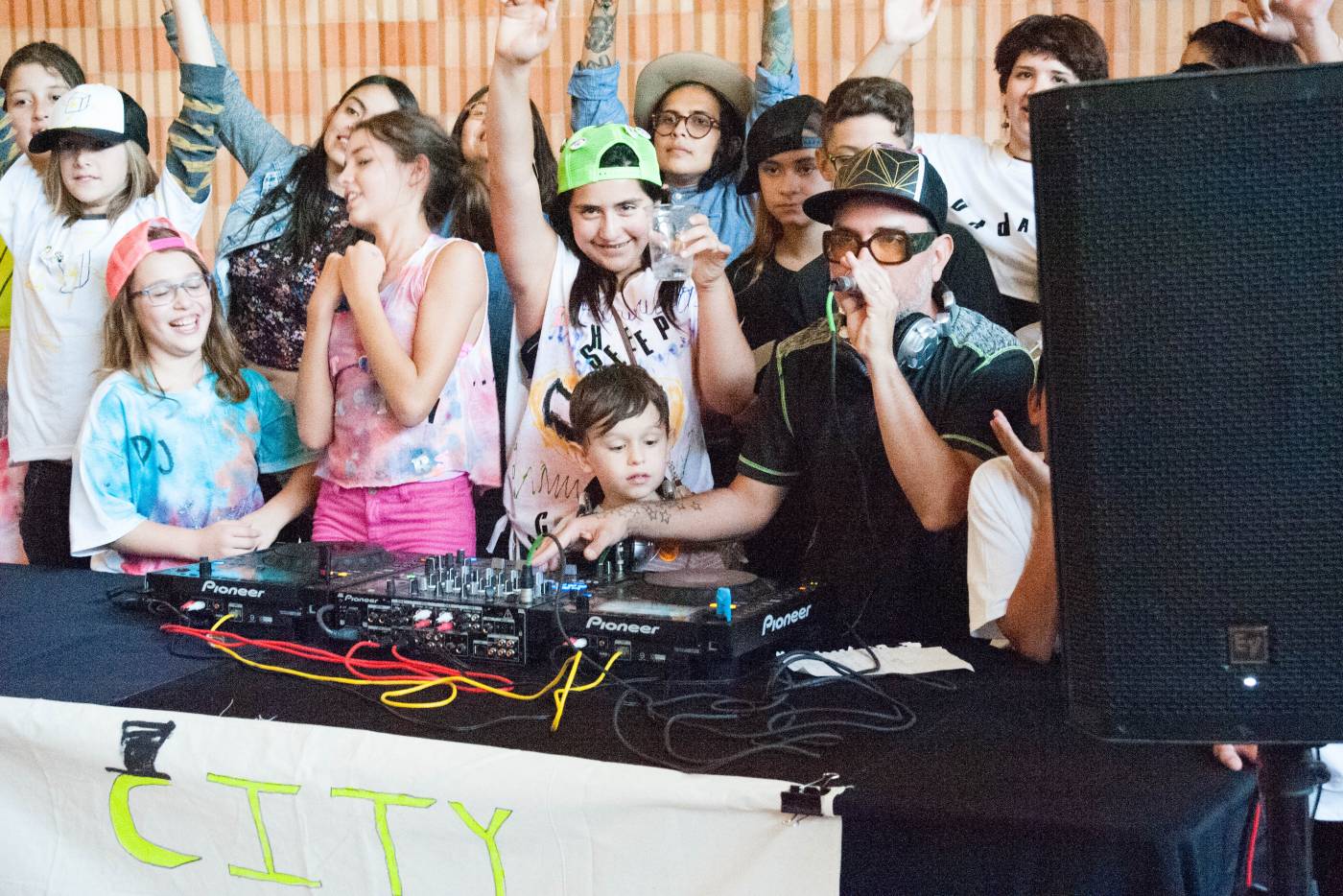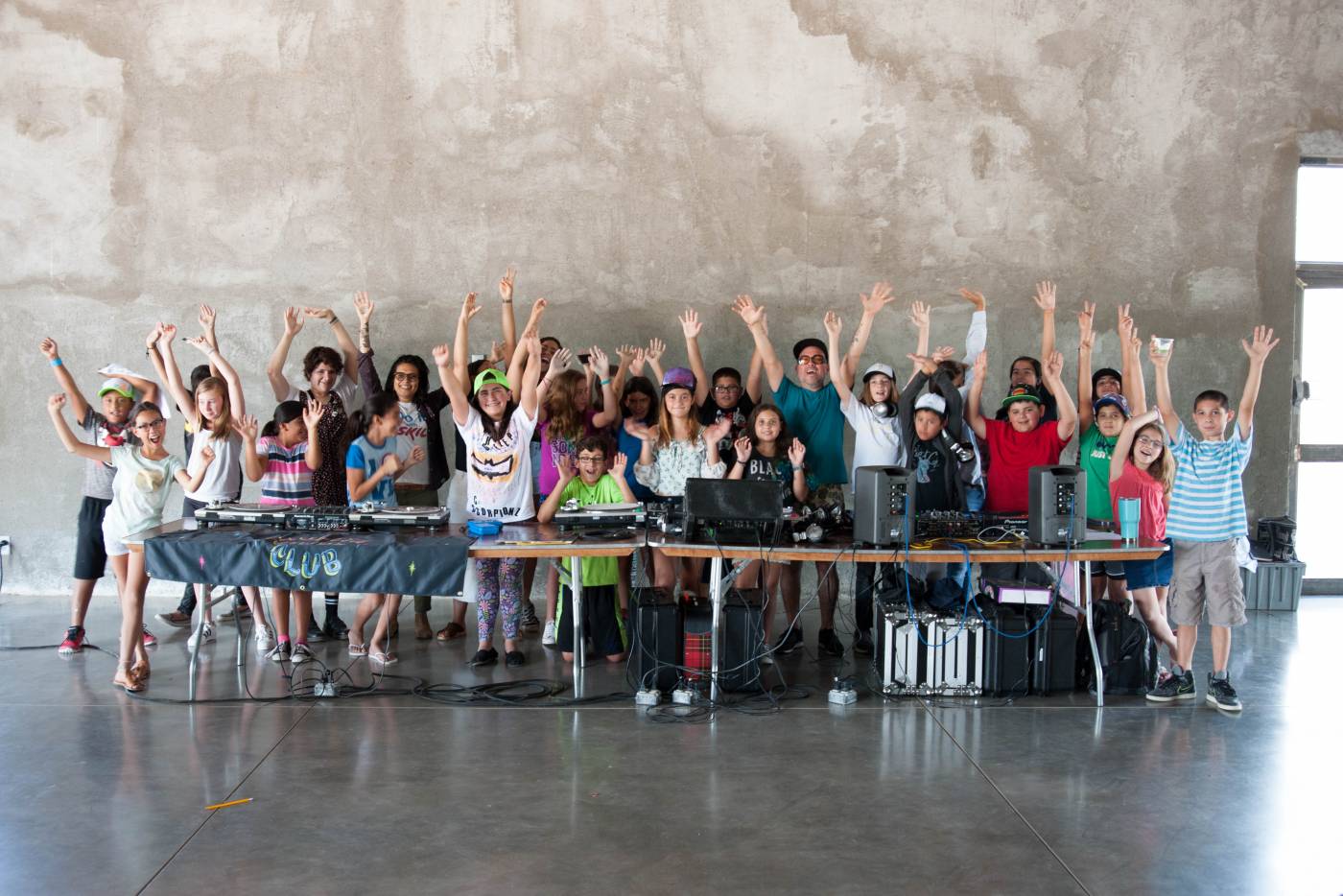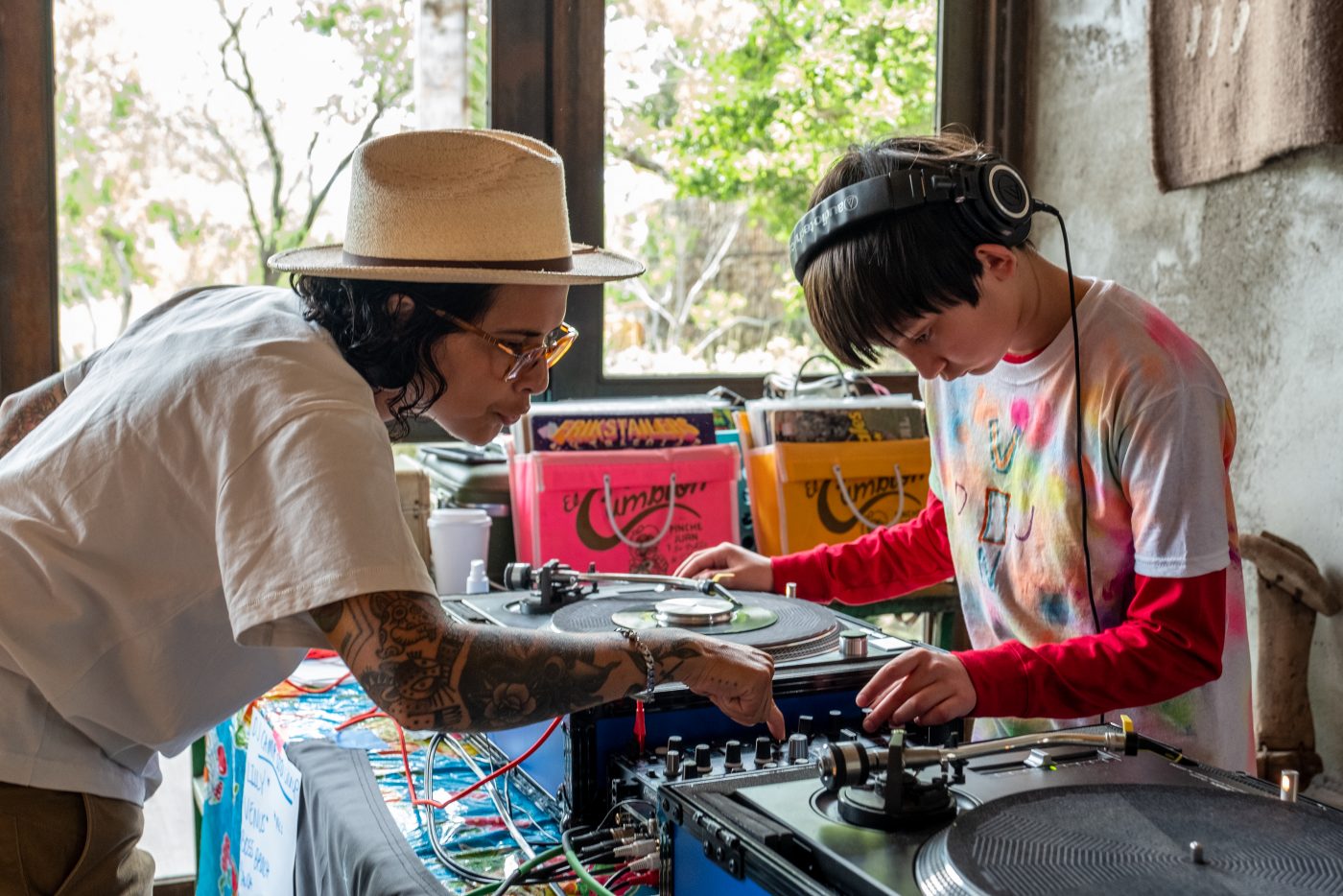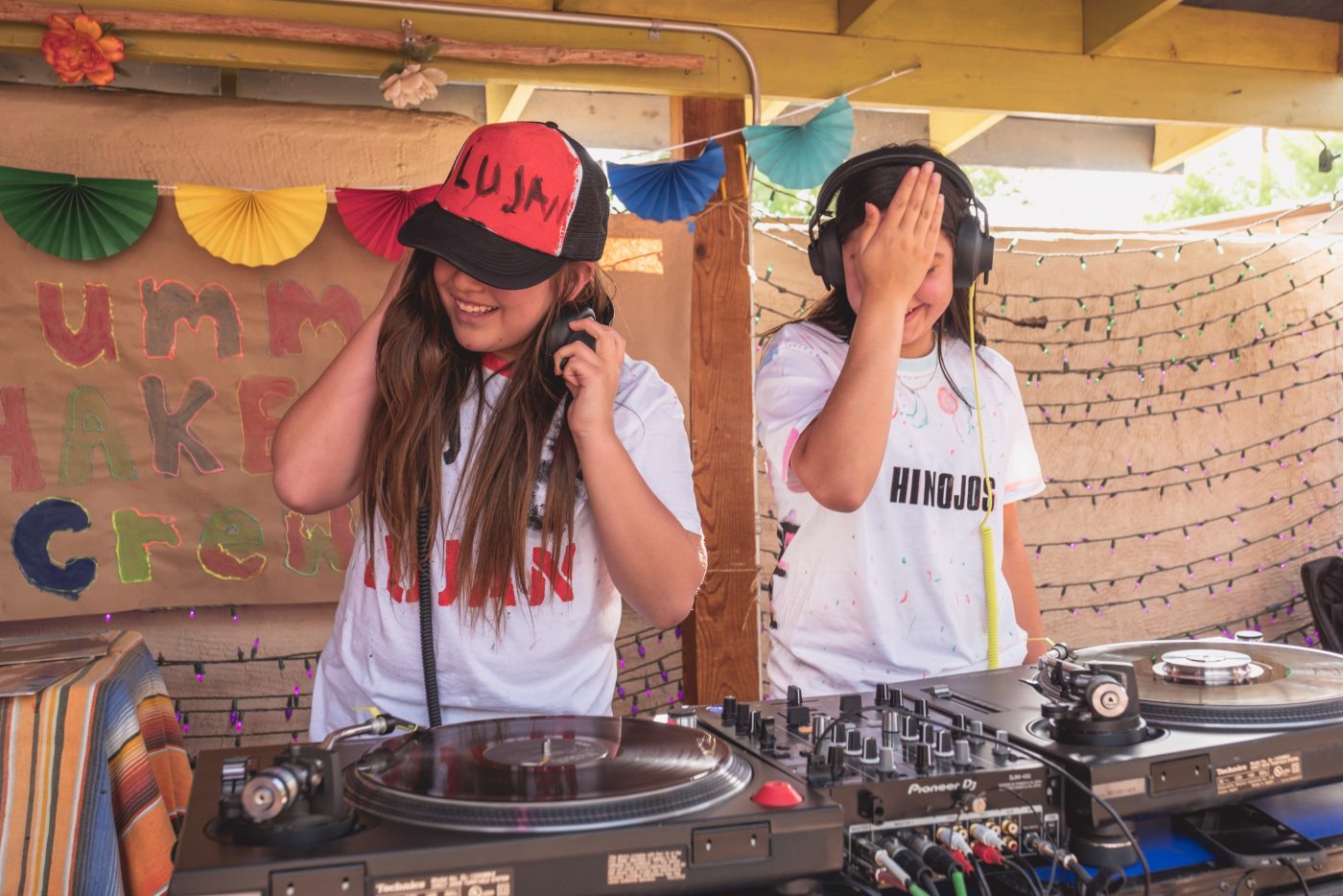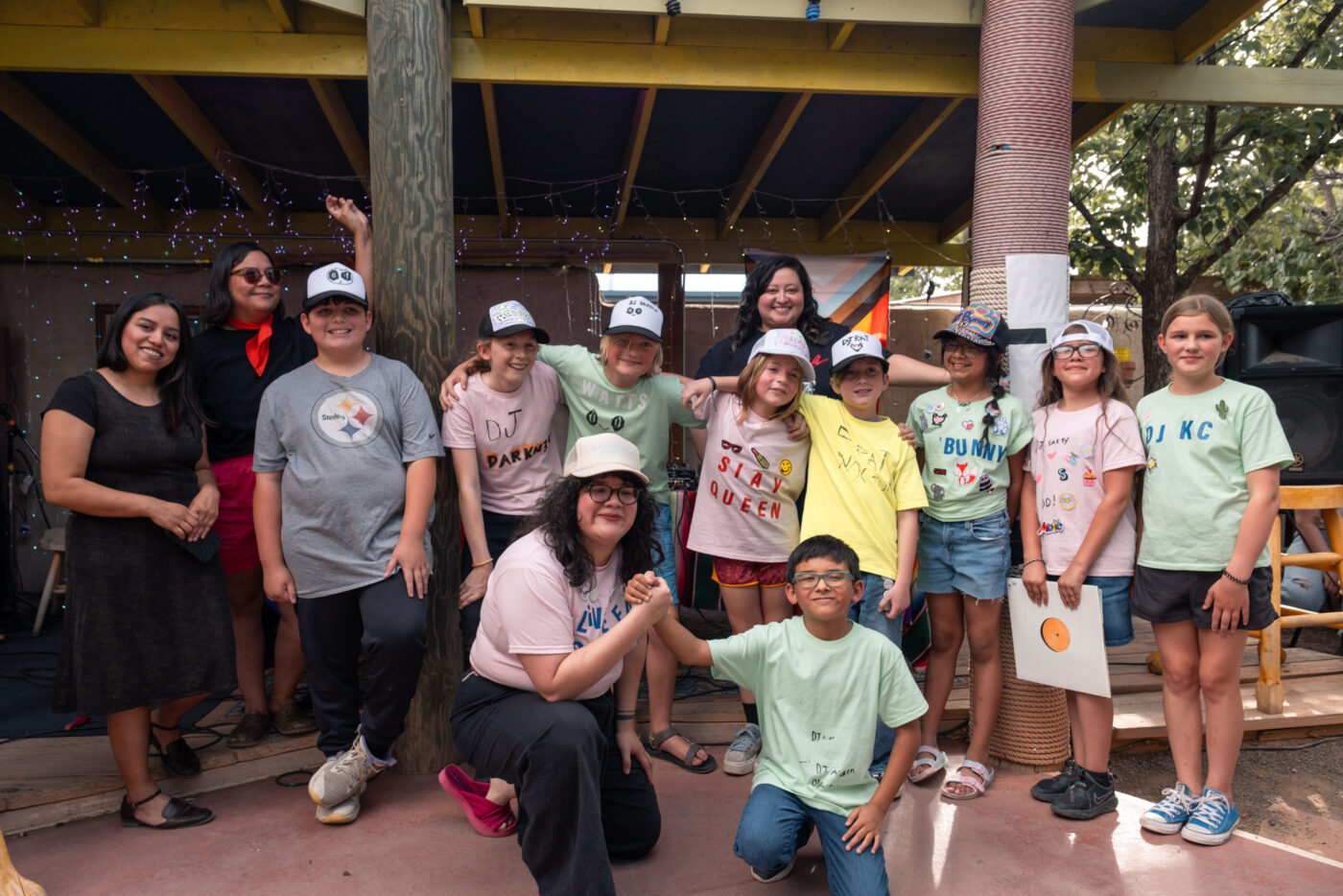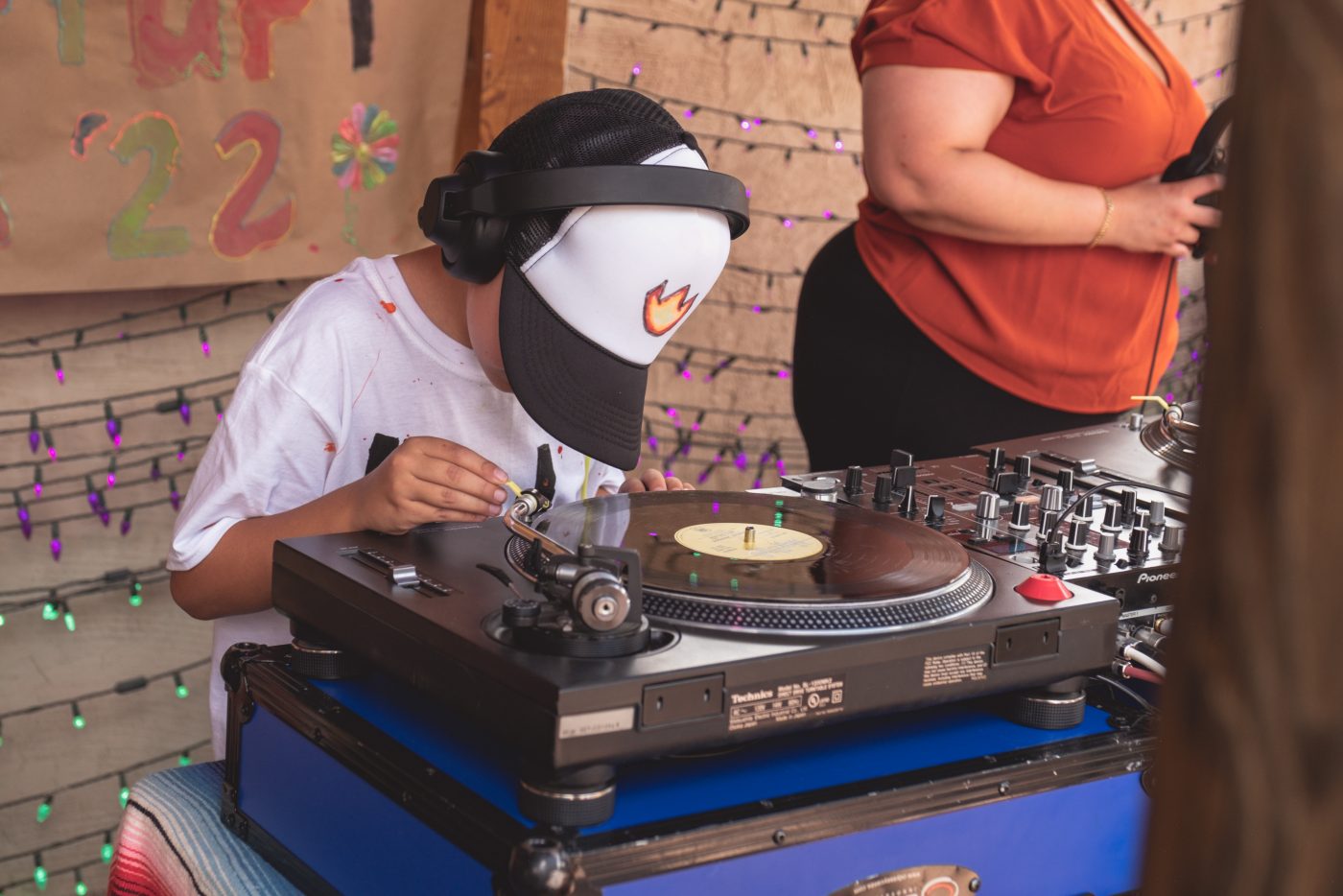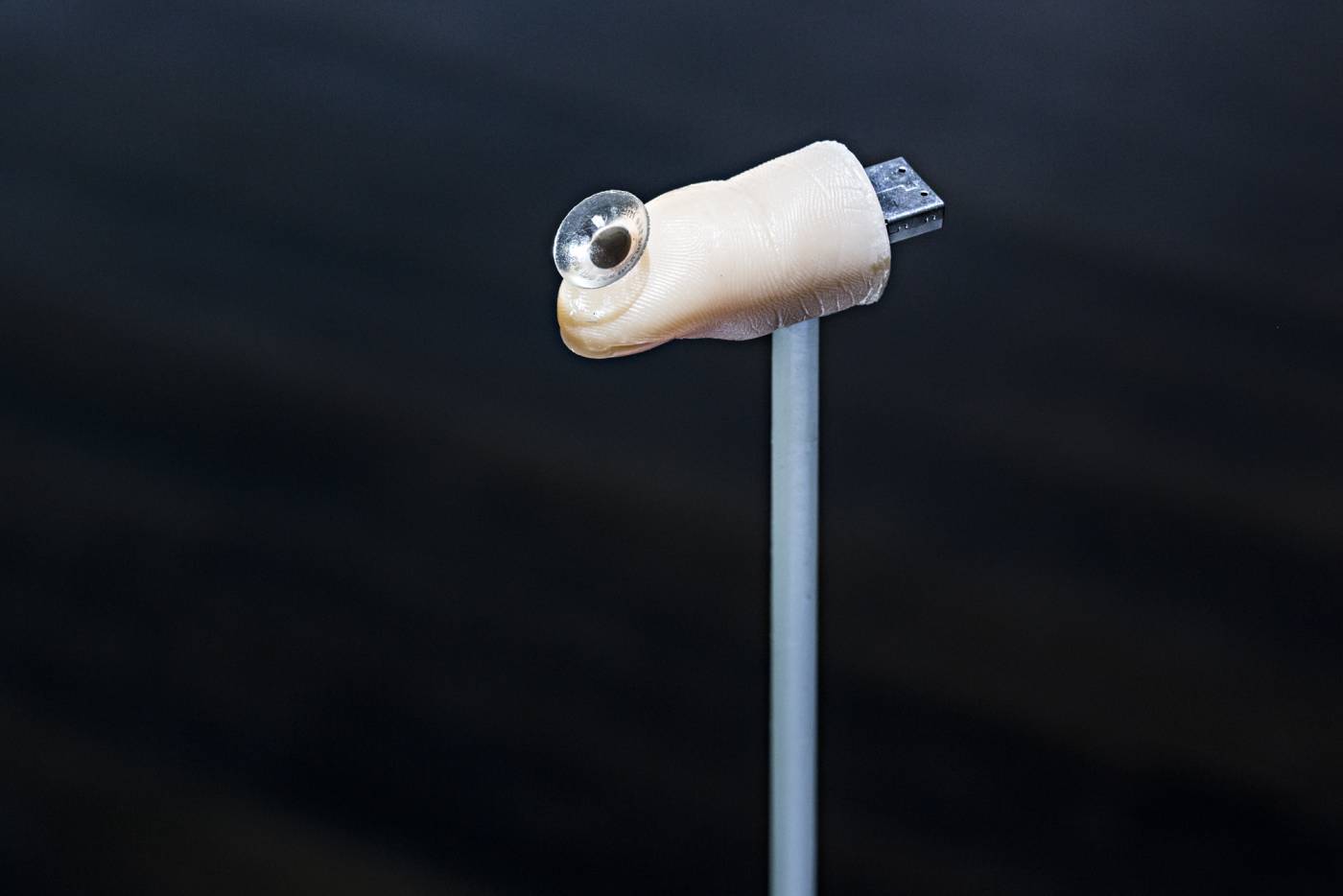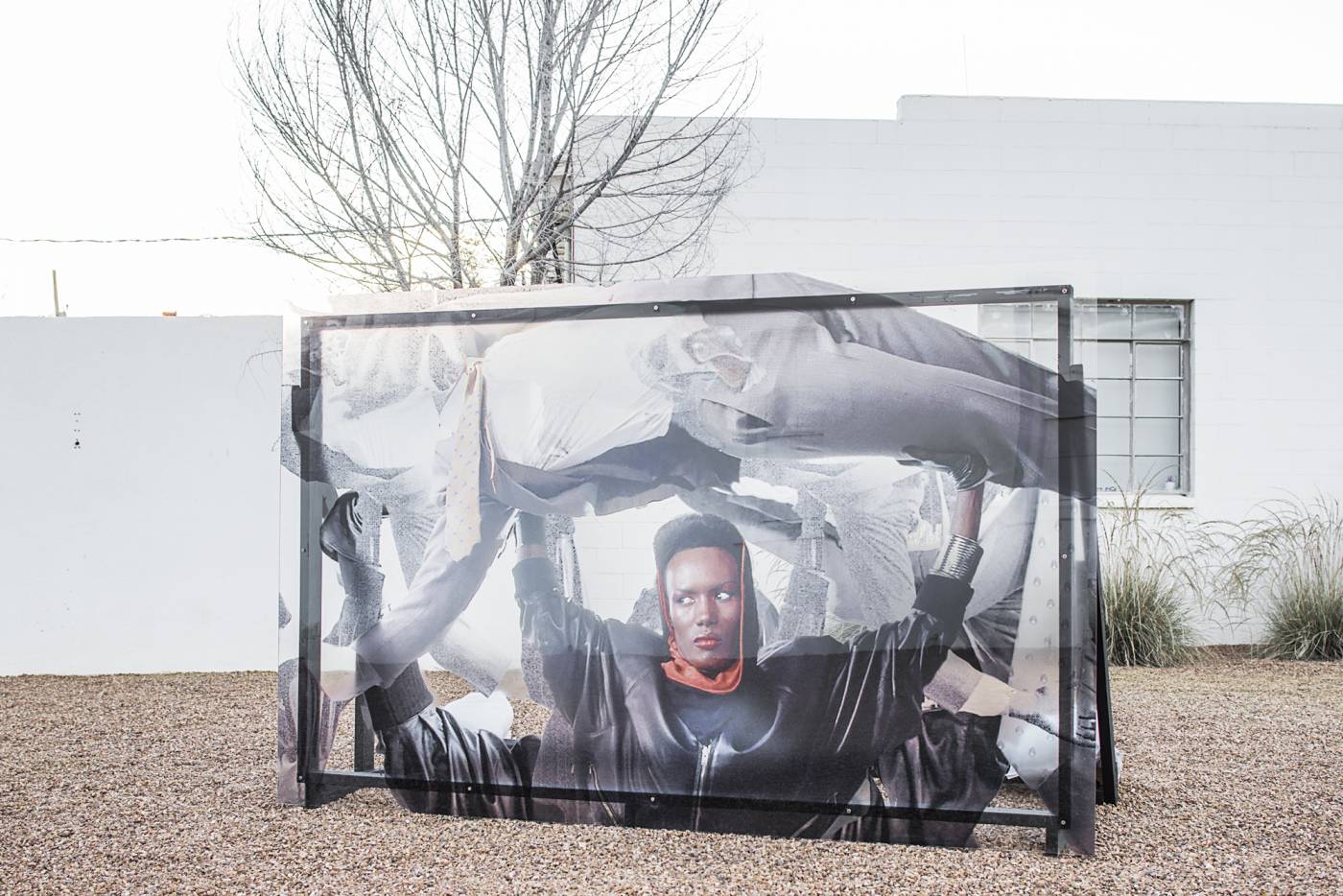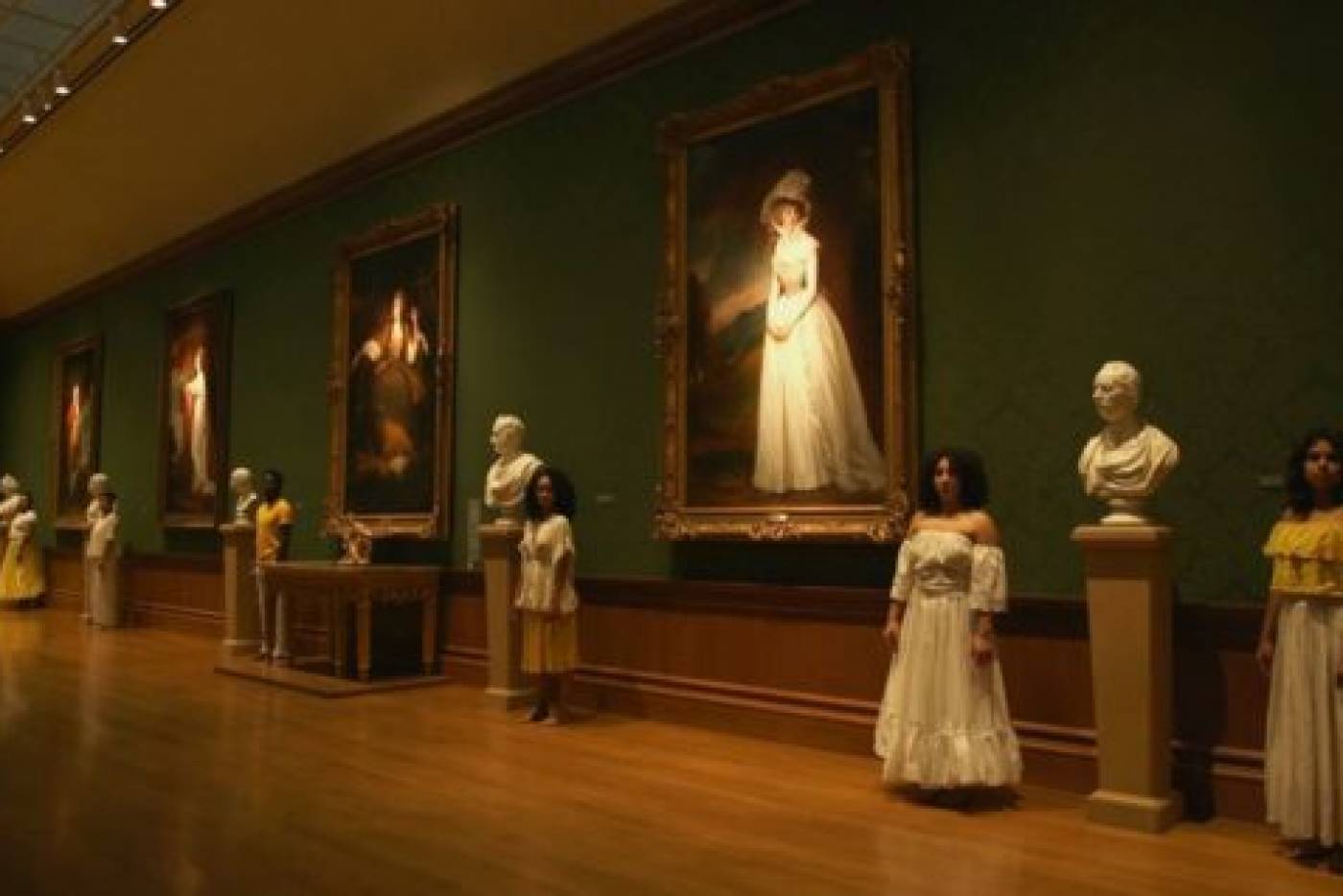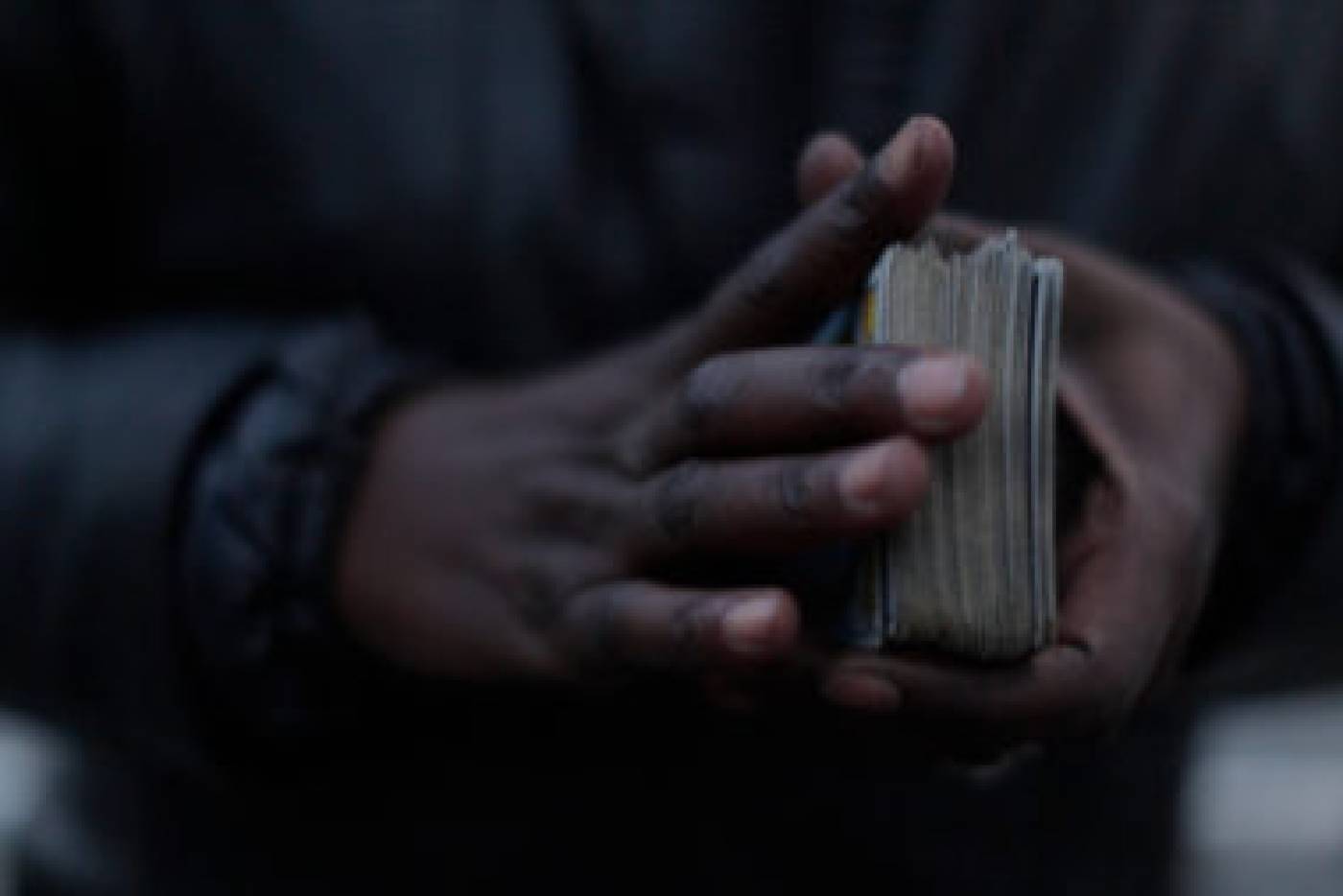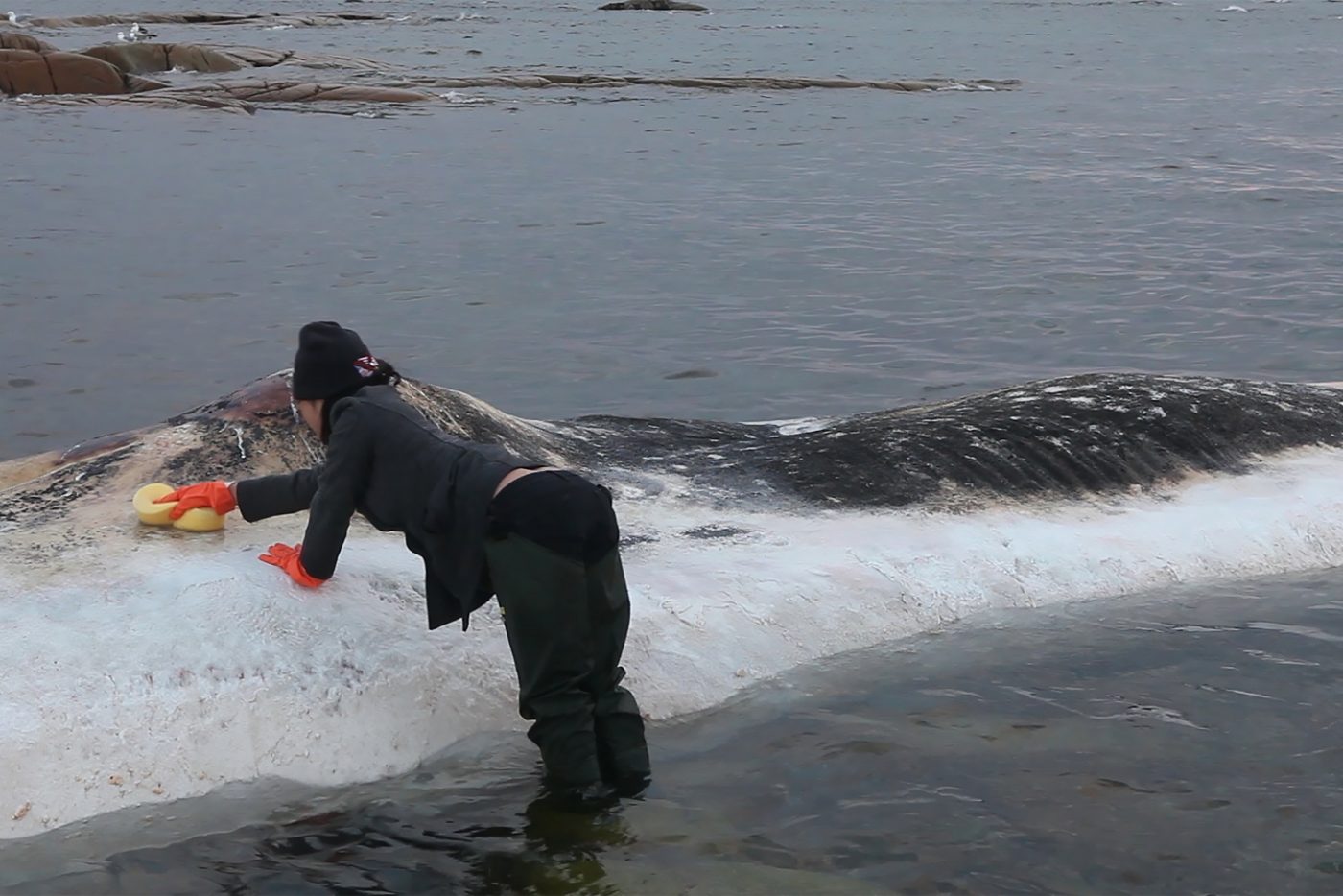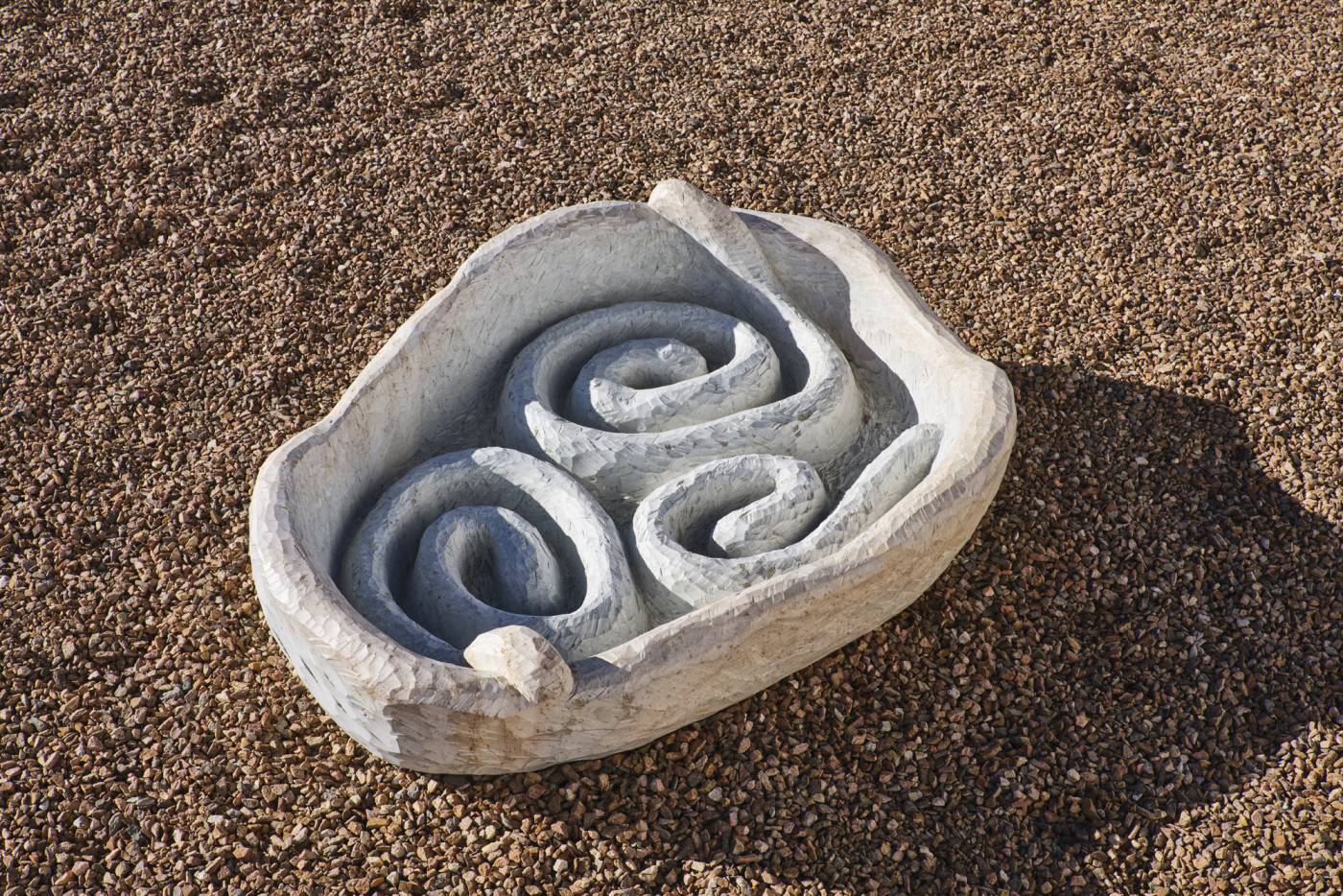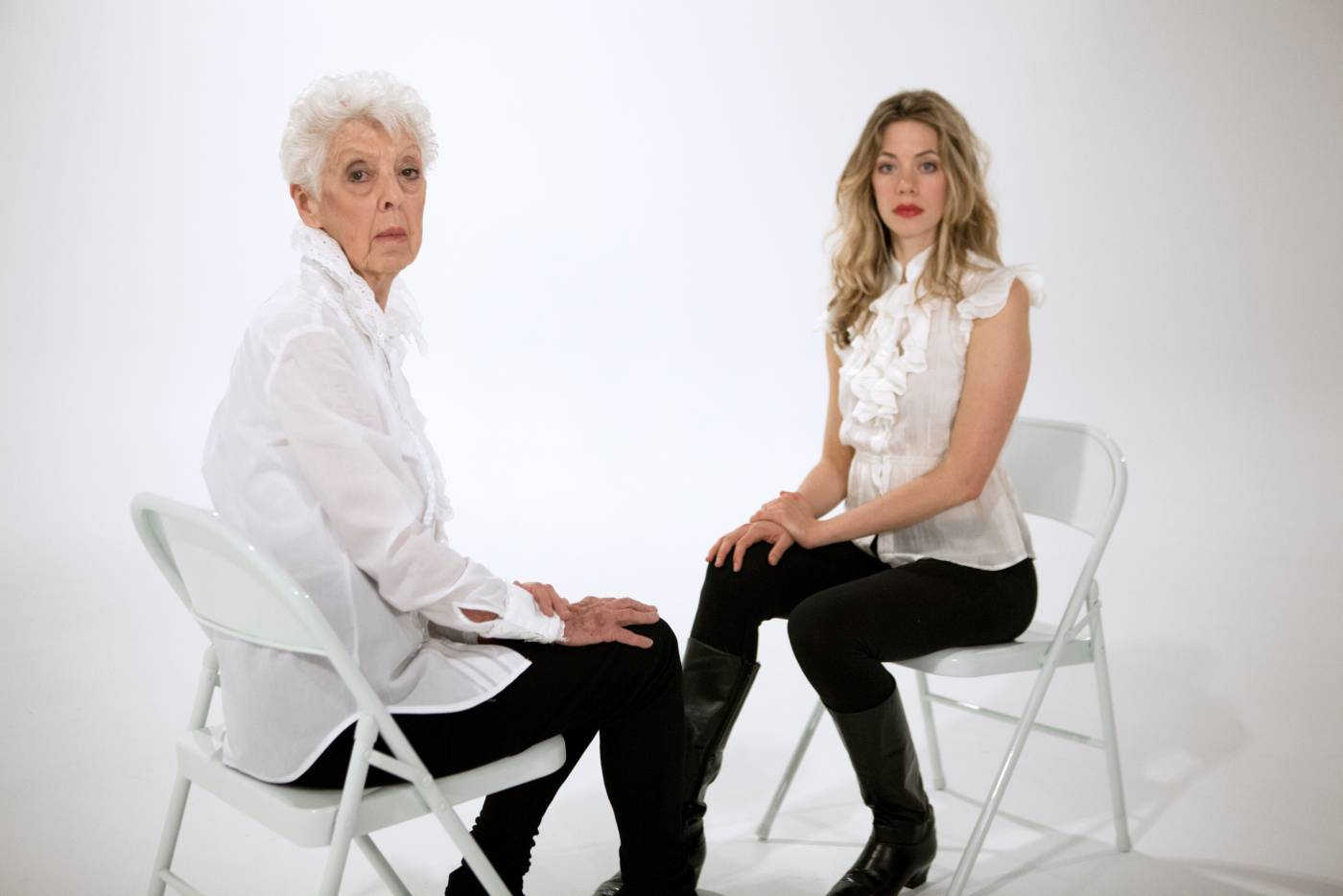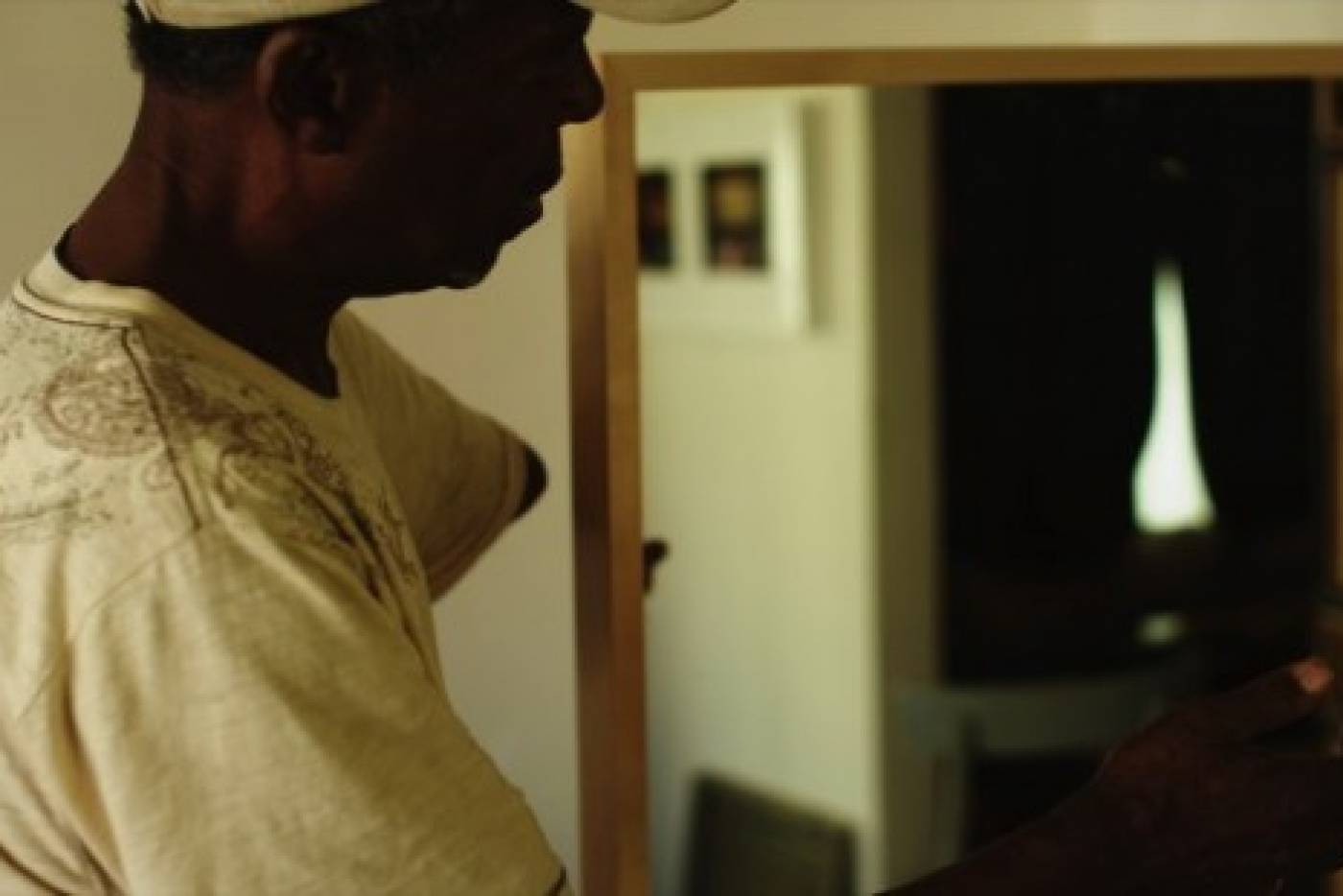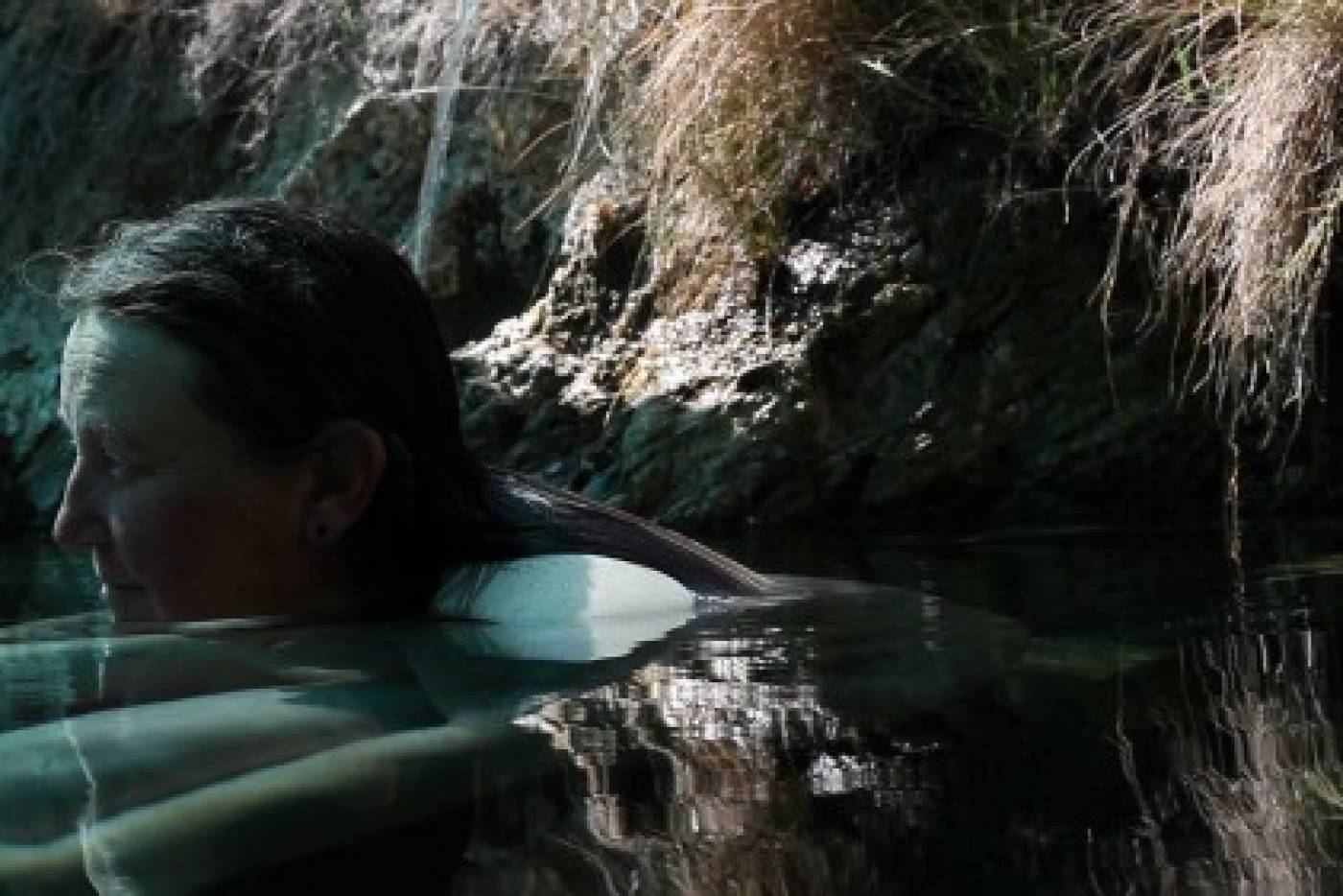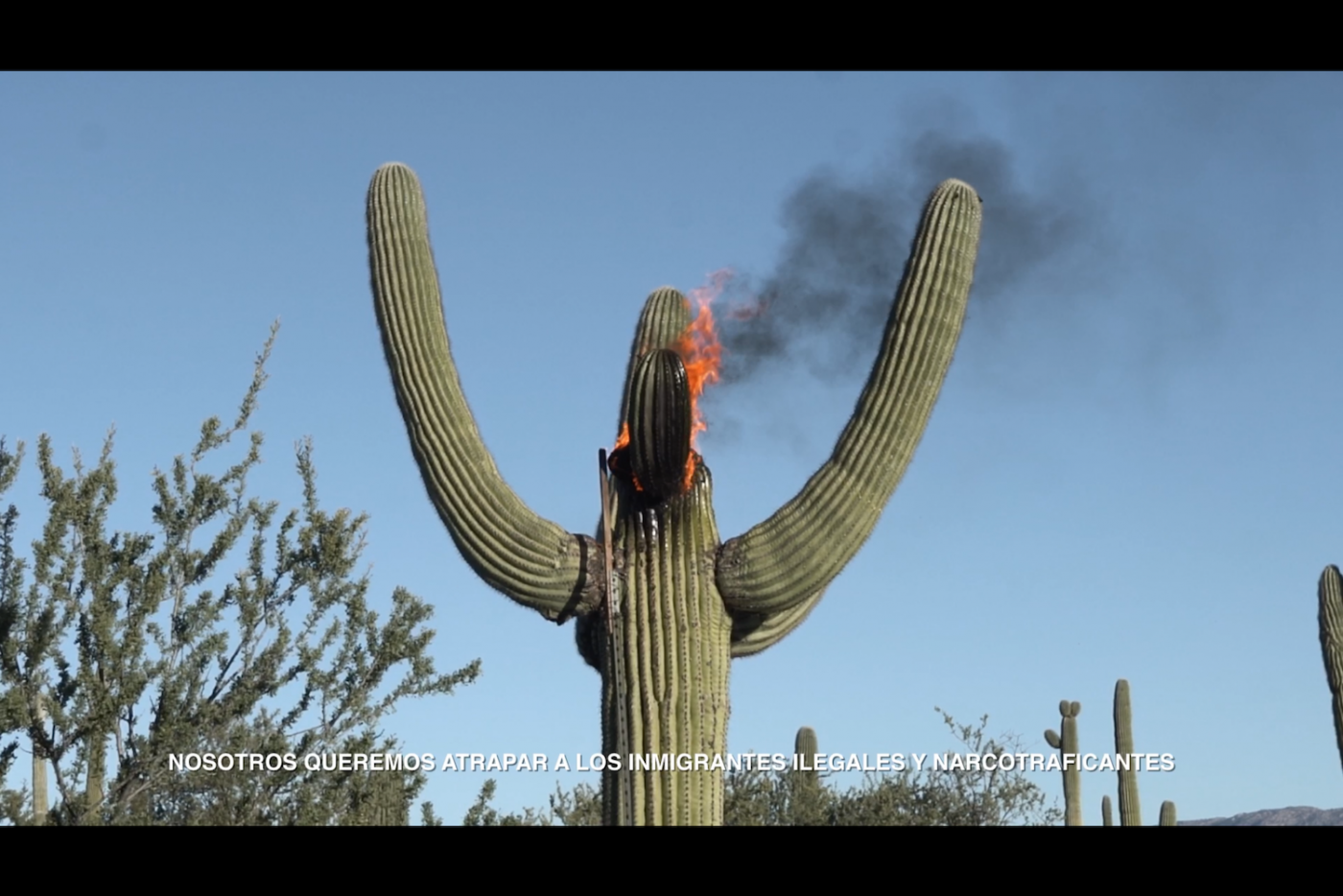New Music & Performative Lecture
Ballroom Marfa is excited to announce the release of Chihuahuan Desert Birdscapes, a new album from musician and birder Rob Frye (Bitchin Bajas, CAVE, Flux Bikes). Inspired by the diverse avian populations of West Texas, Frye’s album features the sounds of his handmade instruments and field recordings intertwined with birdsong selected from Xeno-canto—a citizen science project and repository that encourages volunteers to record, upload, and share birdsong and bird calls. On Chihuahuan Desert Birdscapes, Frye tunes in to the subtle consciousness of the natural world and dives deep into the sonic landscape of the Big Bend.
Positioned along migratory routes from South America to Canada, the Chihuahuan Desert region of West Texas is home to one of the most diverse bird populations in the Northern Hemisphere. During Frye’s Ballroom residency in May 2020, he identified 74 unique species of birds while exploring the ecoregion. Unfortunately, global bird populations are declining just as humans are beginning to understand their evolutionary sounds and adaptations.
The album includes six original compositions that highlight bird sounds from the region, including the Lesser Nighthawk, Baird’s Sparrow, Blue-throated Mountaingem, Eastern Meadowlark, among others. Frye uses granular synthesis to produce a series of vignettes supplemented by the rich texture of his flutes, crafted from invasive grasses he collected on the banks of the Rio Grande. The new tracks are a West Texas sound bath of hypnotic woodwinds and synthesizers, familiar from the artist’s work with Bitchin Bajas, intermingled with manipulated trills, warbles, and whistles. It’s as if Frye was hosting a free-form deep listening session with field recording guru Irv Teibel and an ornithologically-focused DJ Screw at the controls.
Fifty percent of proceeds from Chihuahuan Desert Birdscapes will benefit two West Texas conservation organizations: Borderlands Research Institute for Natural Resource Management and Rio Grande Joint Venture, in support of their work protecting the natural resources of the Chihuahuan Desert through research, education, and outreach.
Additionally, Ballroom offered “Hearing Hidden Melodies,” Frye’s performative lecture on the study and appreciation of avian sound. Taken together, the lecture and music highlight West Texas’ unique climate, geography, and ecology, and synthesizes Frye’s diverse experiences as a musician and biologist at the Institute for Bird Populations in California.
Chihuahuan Desert Birdscapes was developed and recorded in Ballroom Marfa’s gallery amidst Brazilian artist Solange Pessoa’s work in Longilonge and at Marfa Recording Company as part of Frye’s residency at Ballroom. This project is organized by Ballroom Marfa’s programs director, Sarah Melendez.
